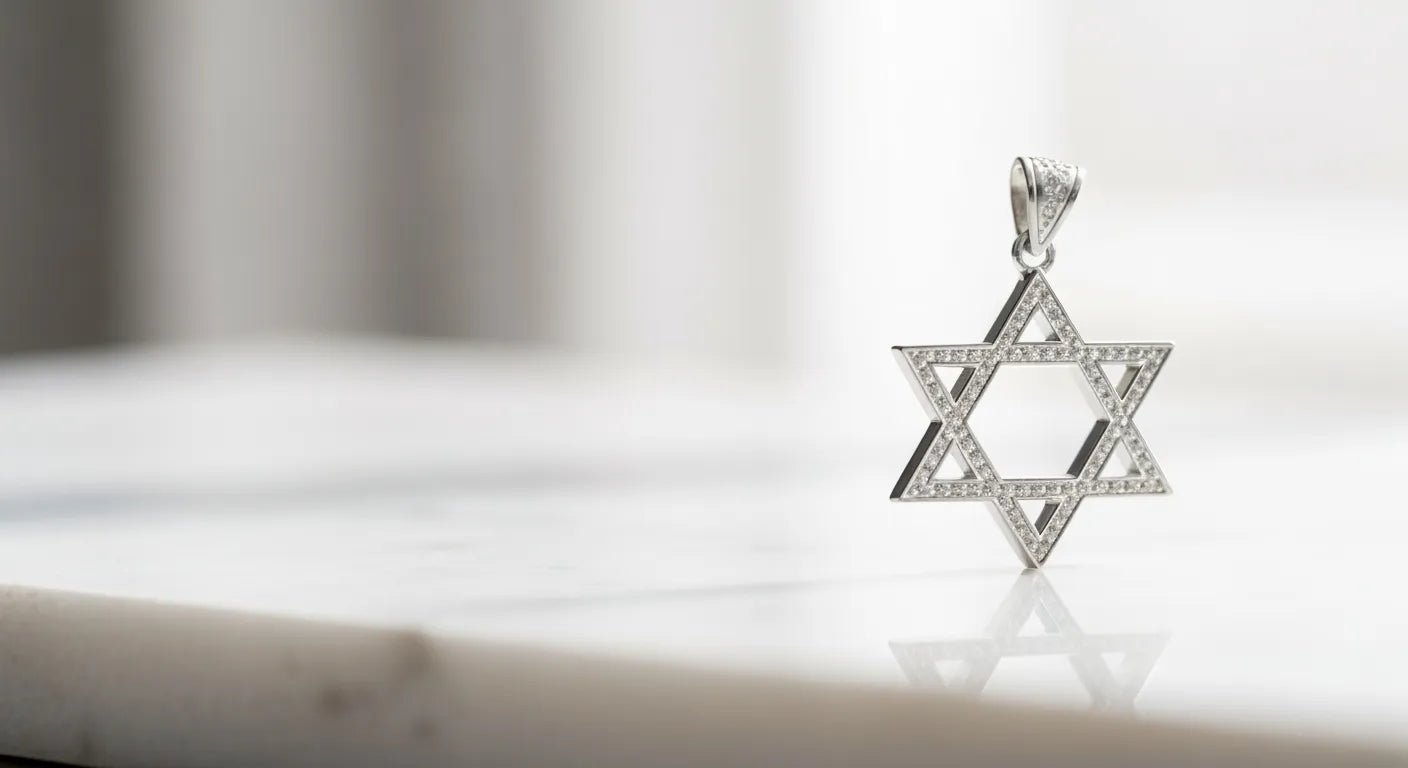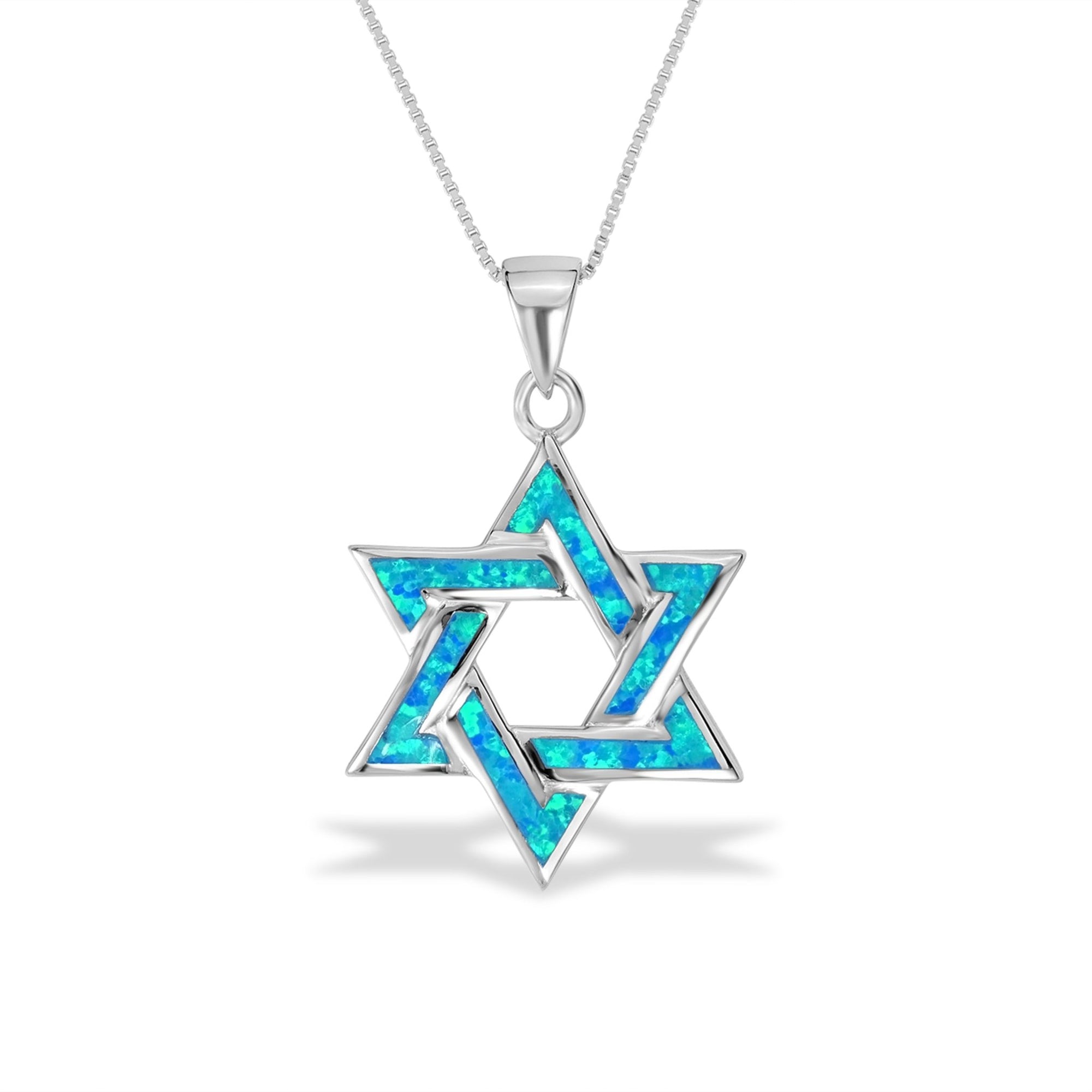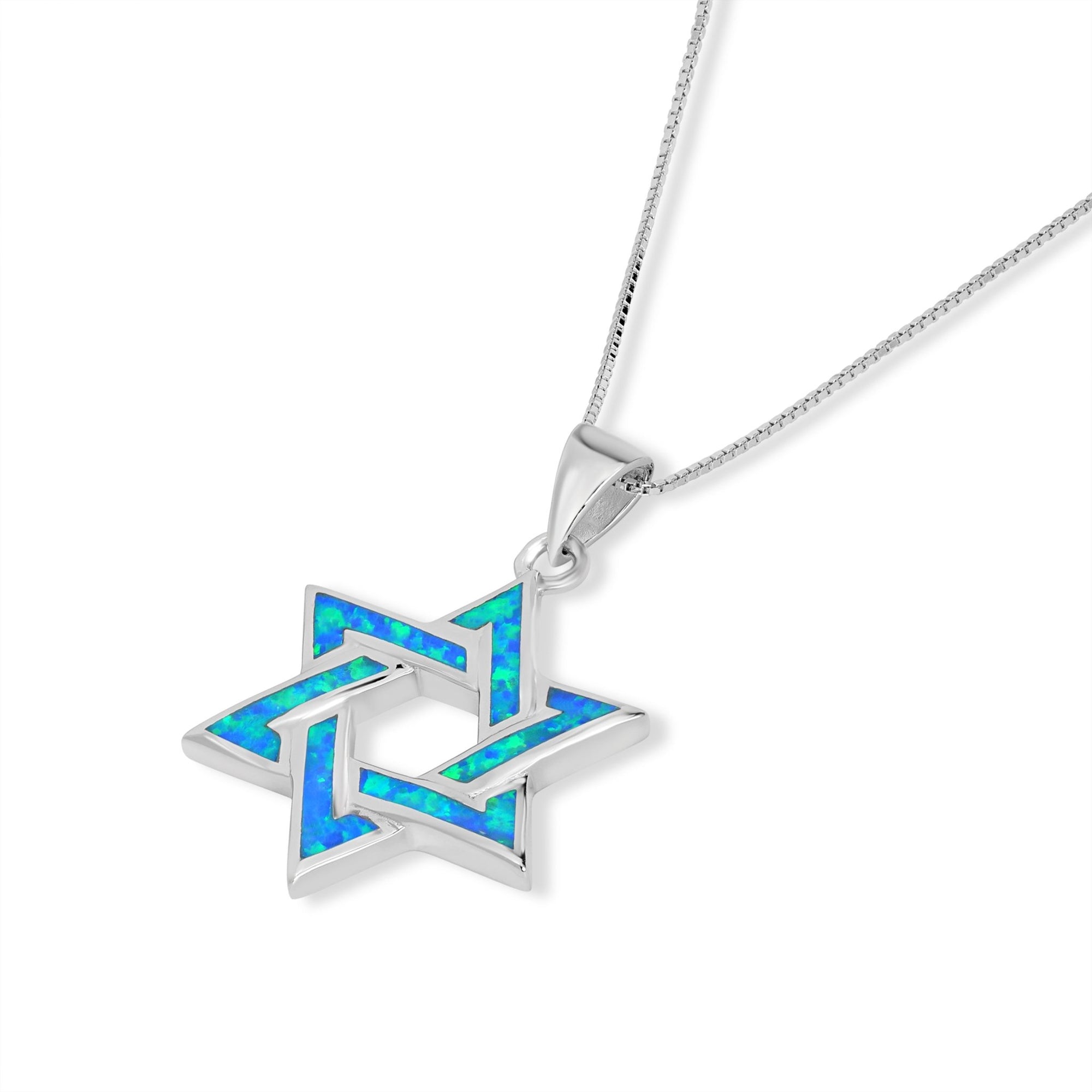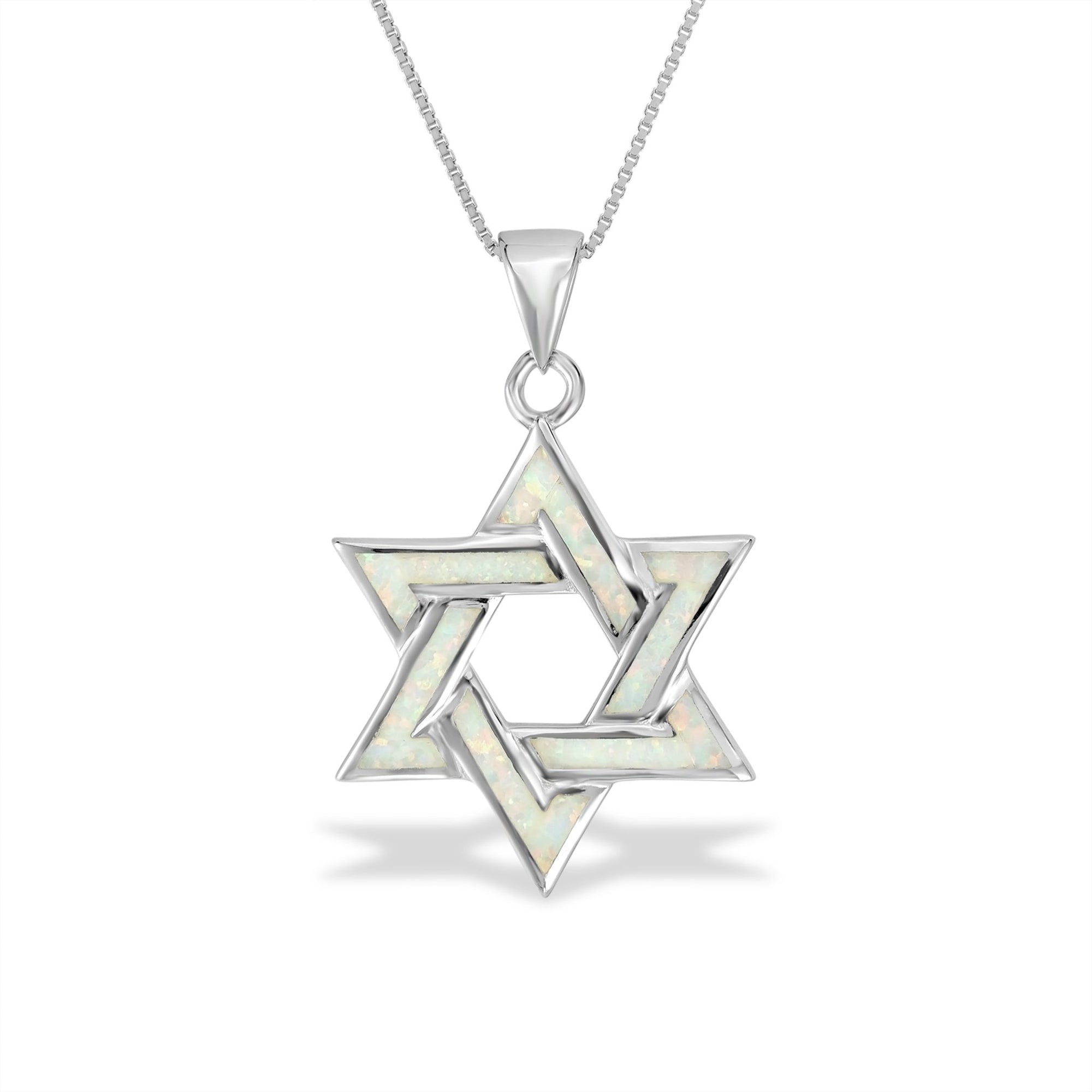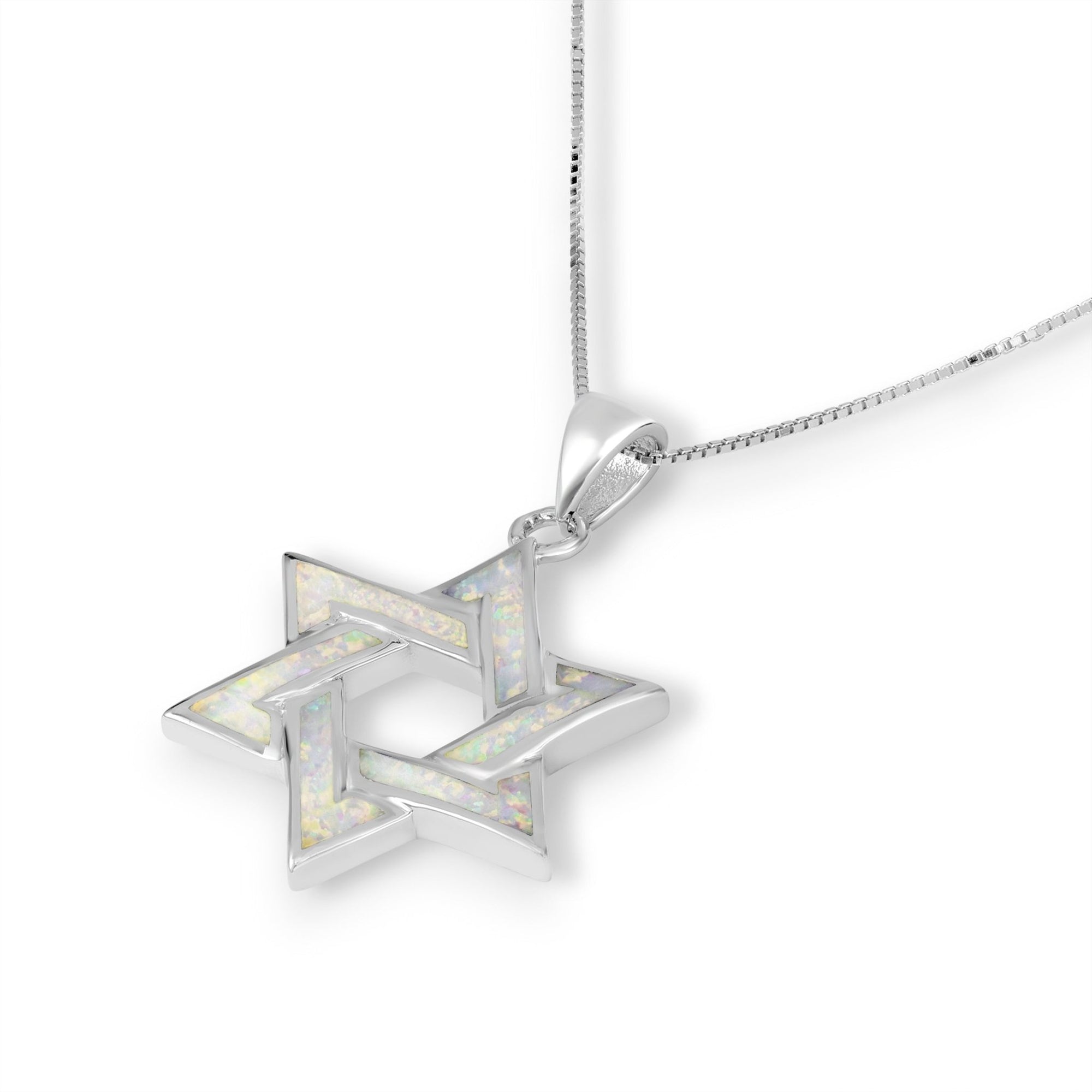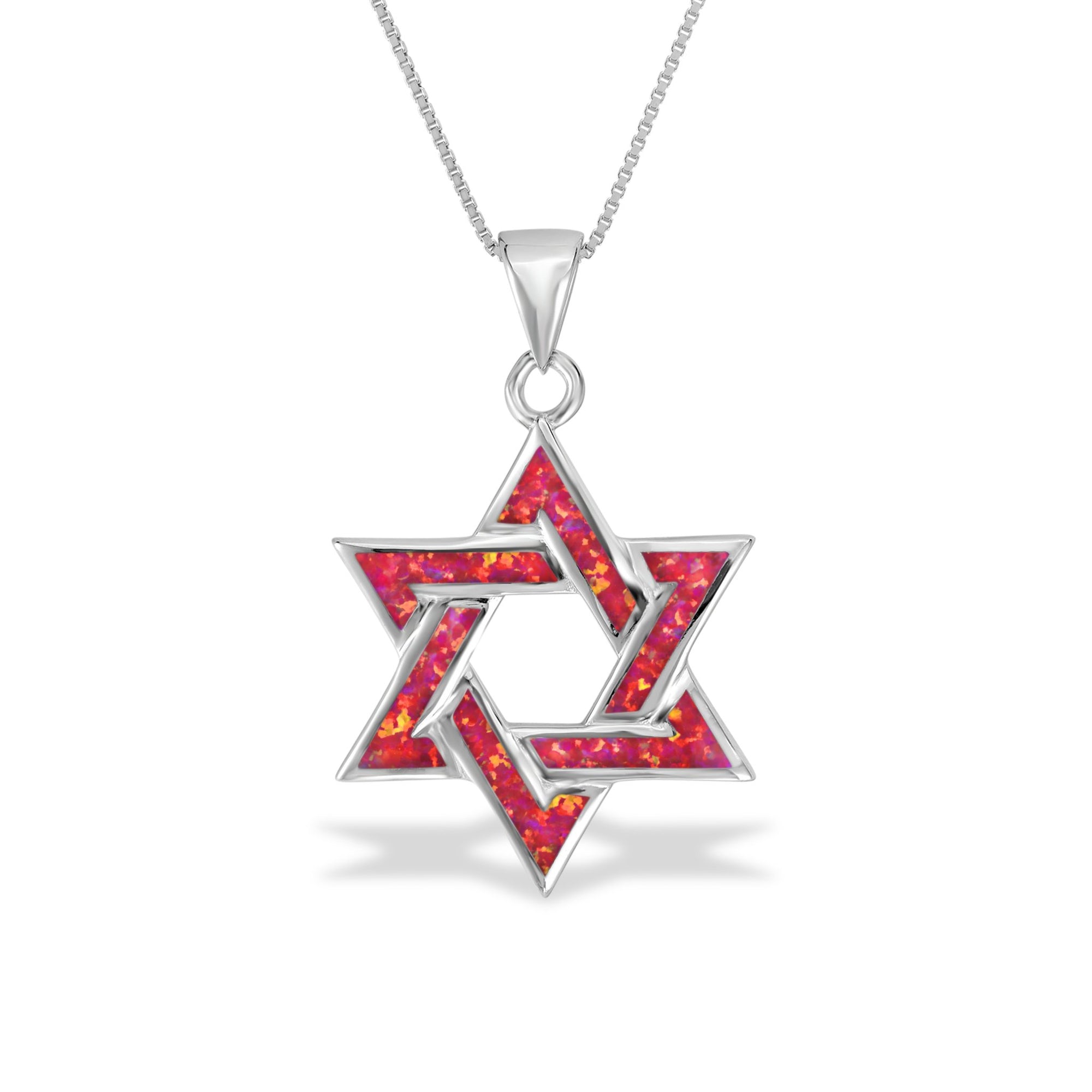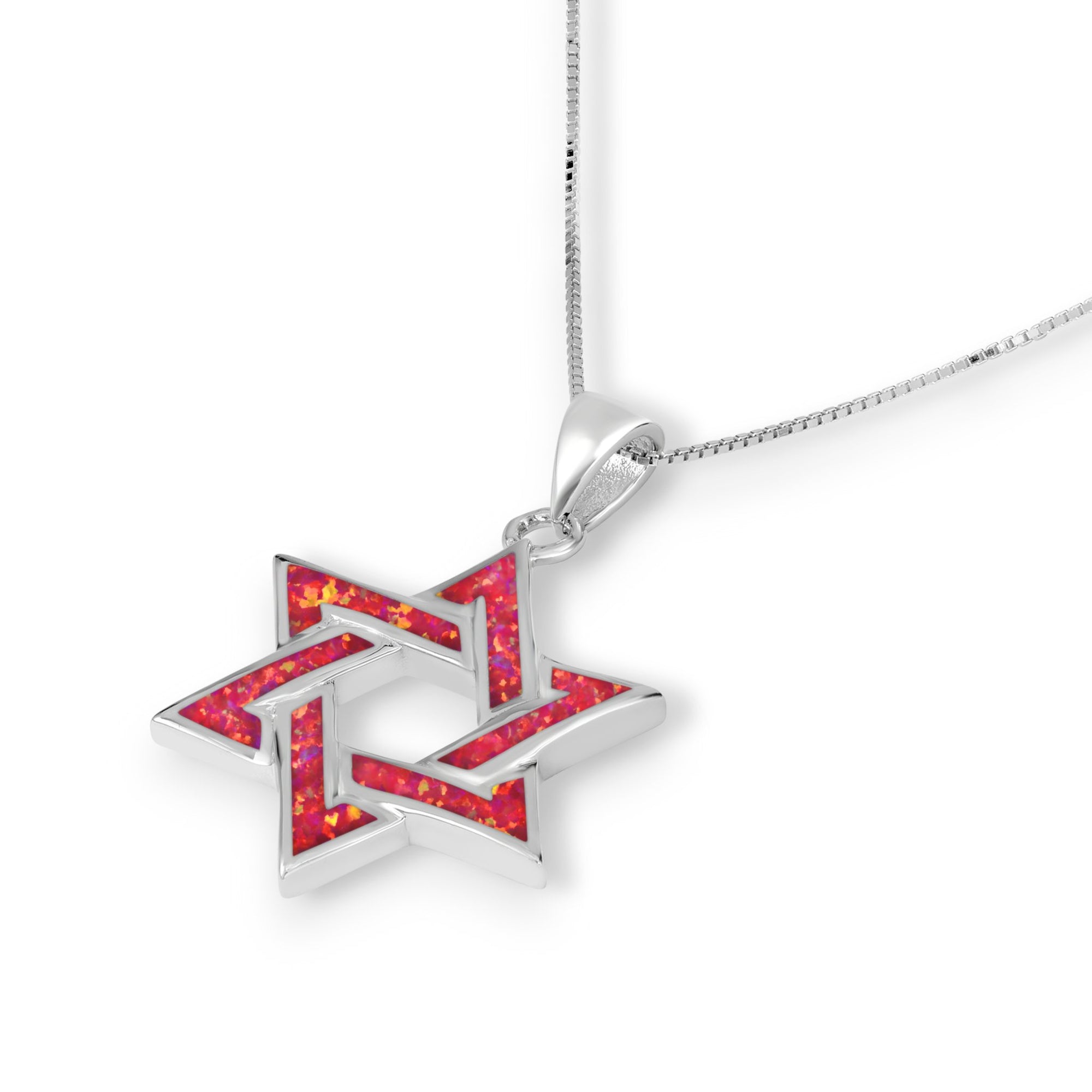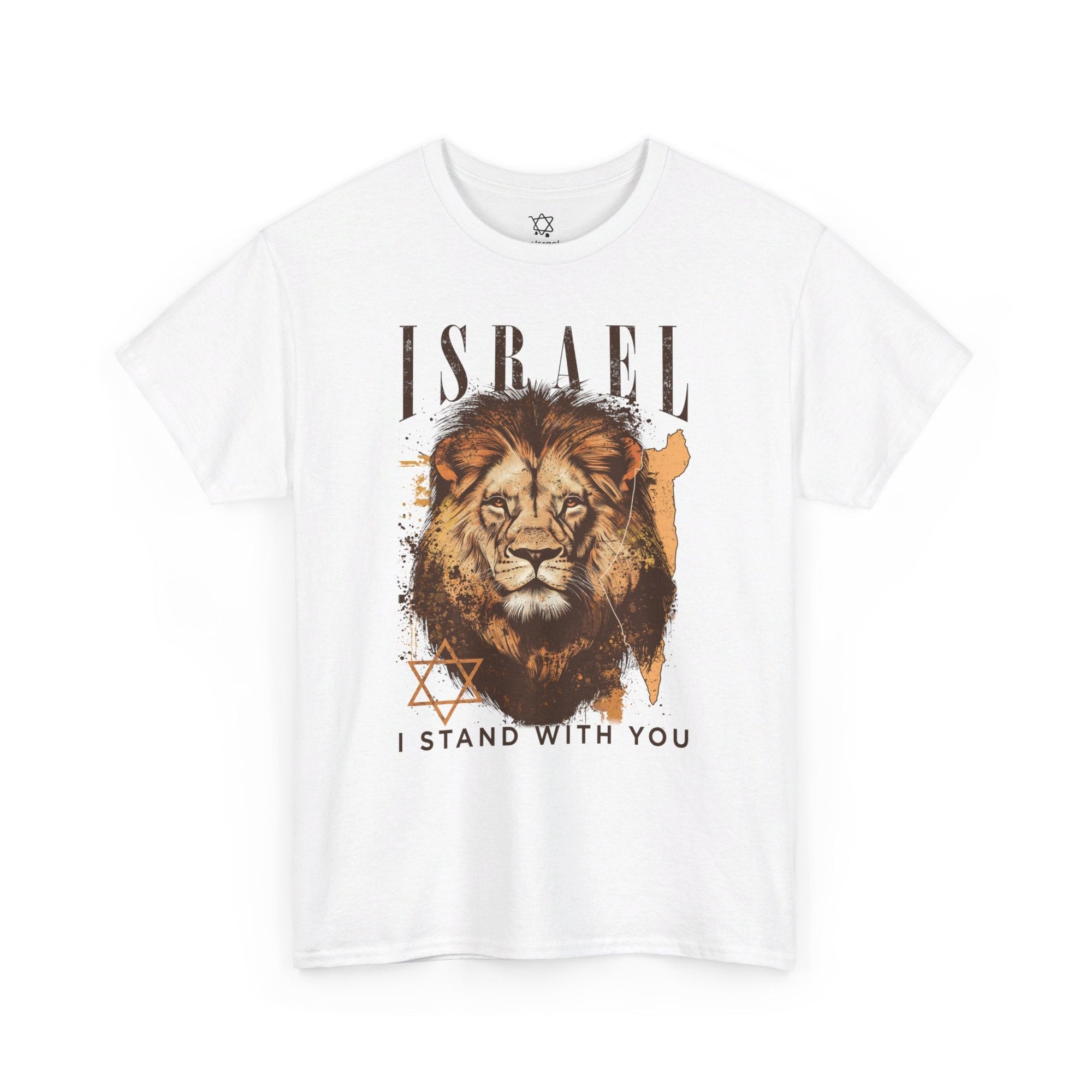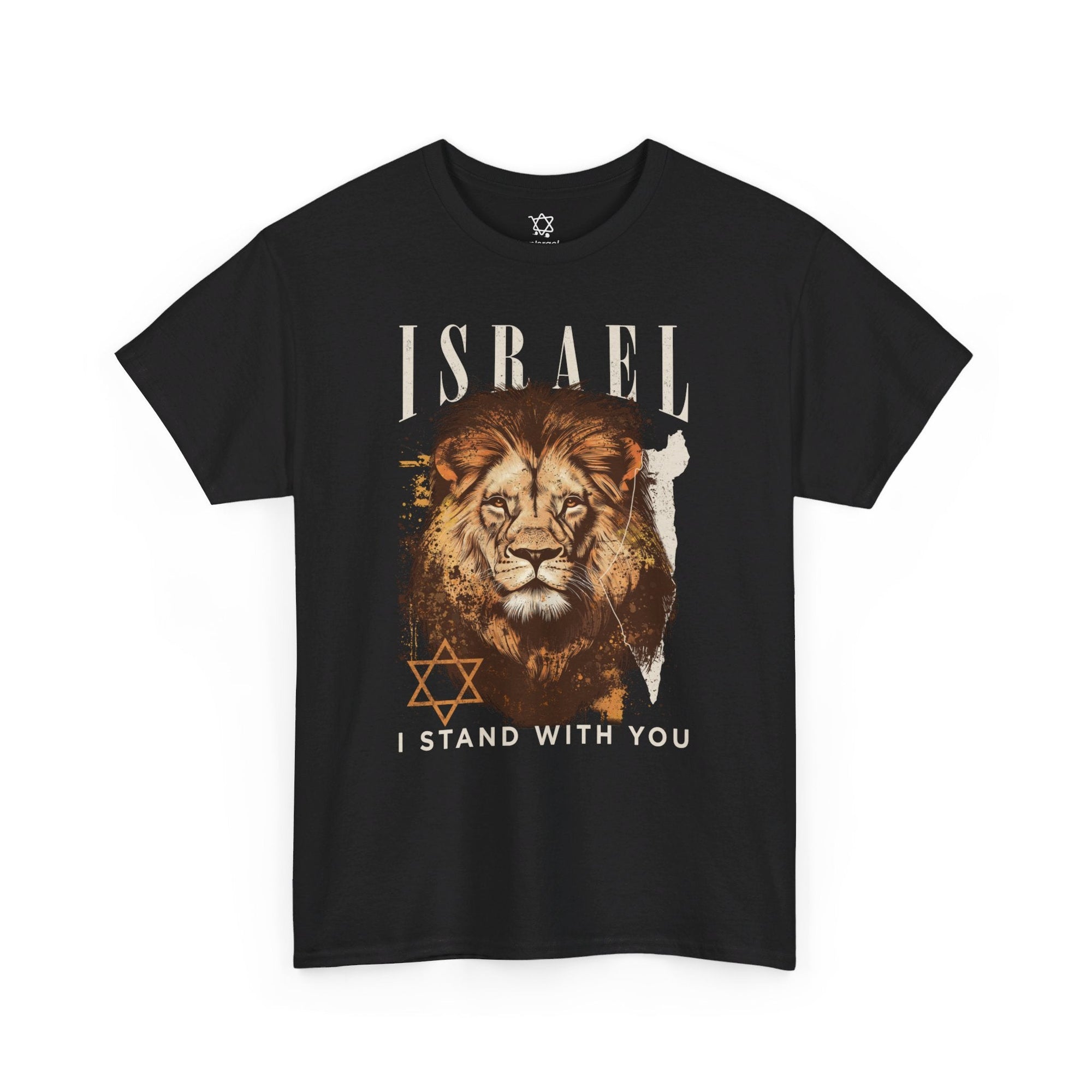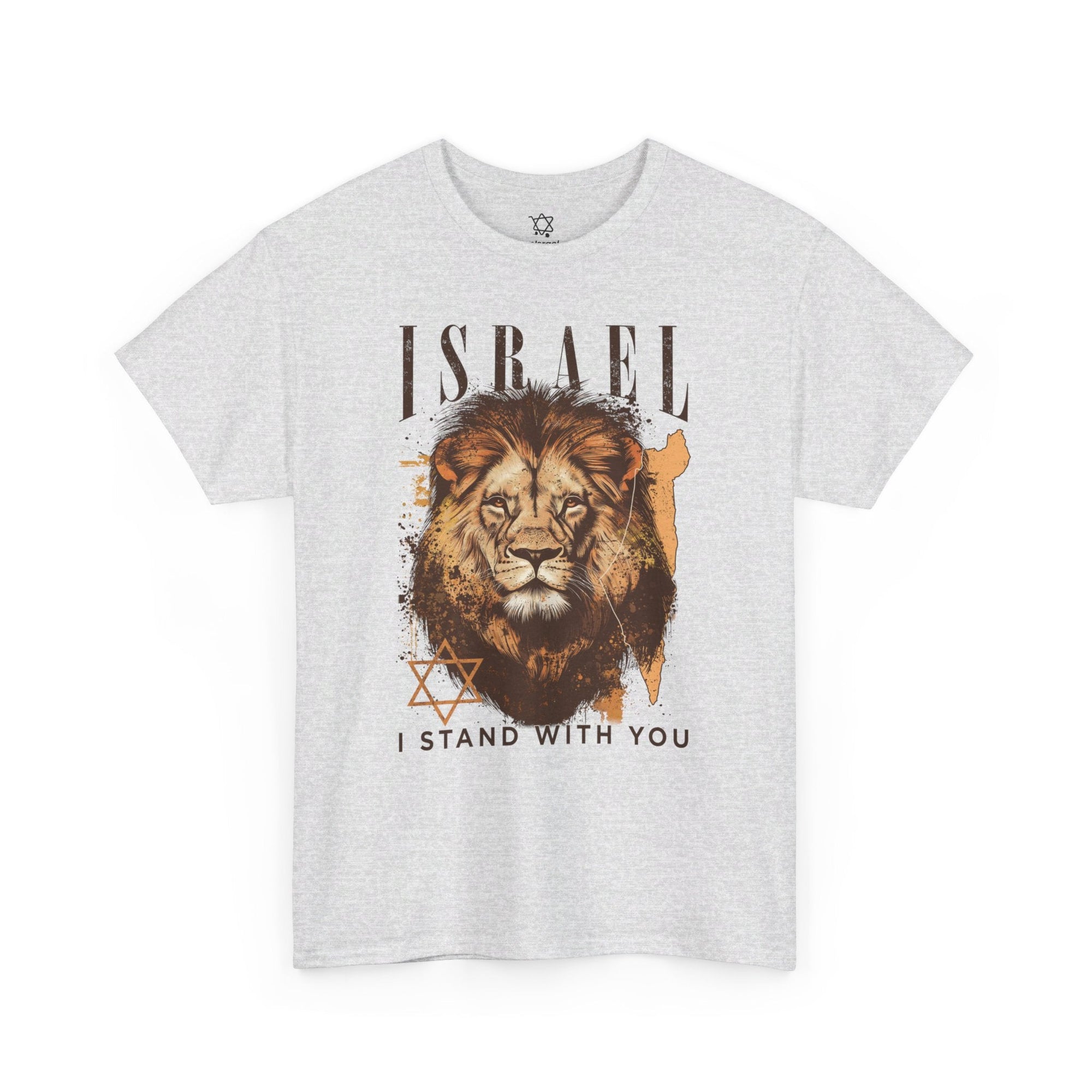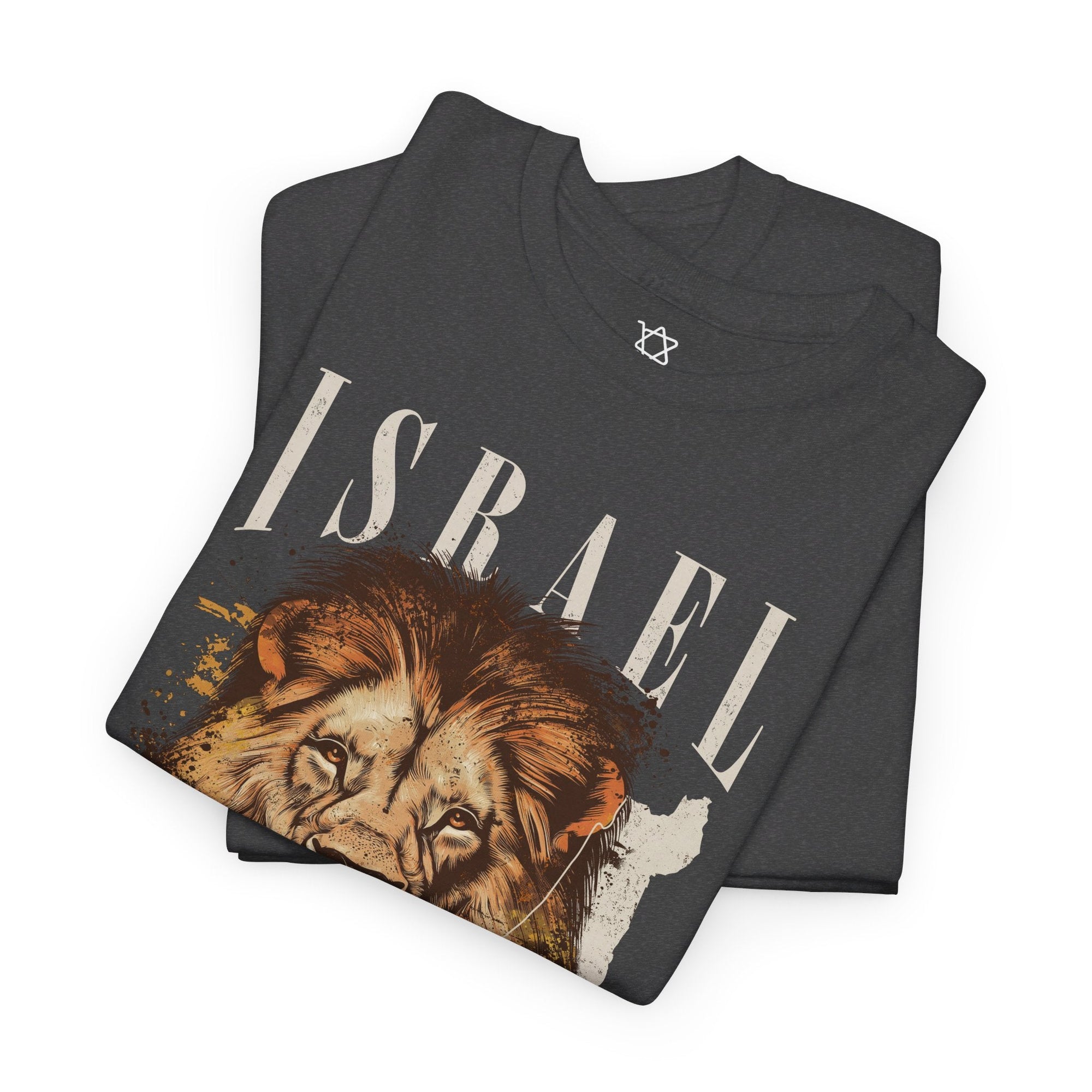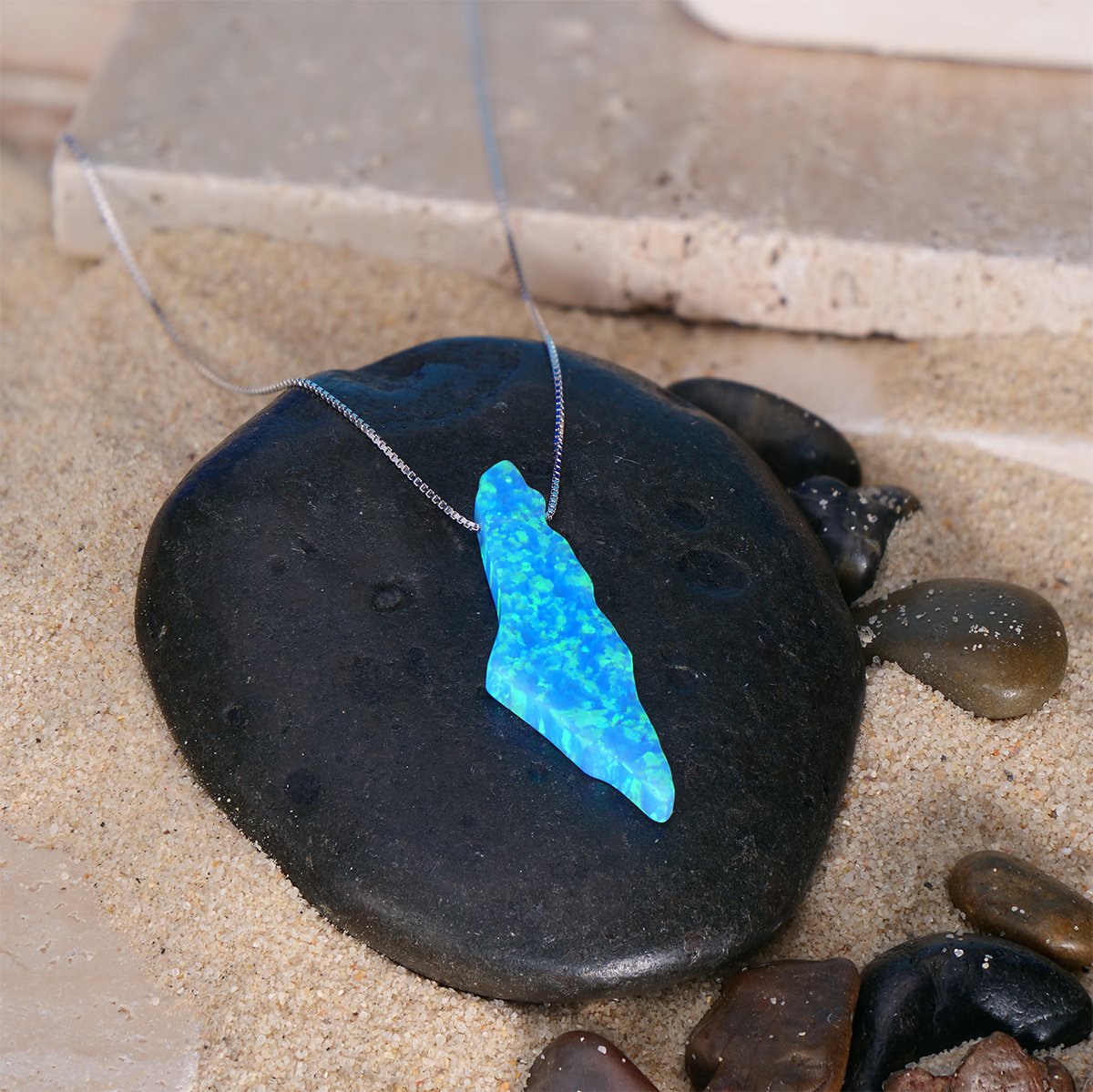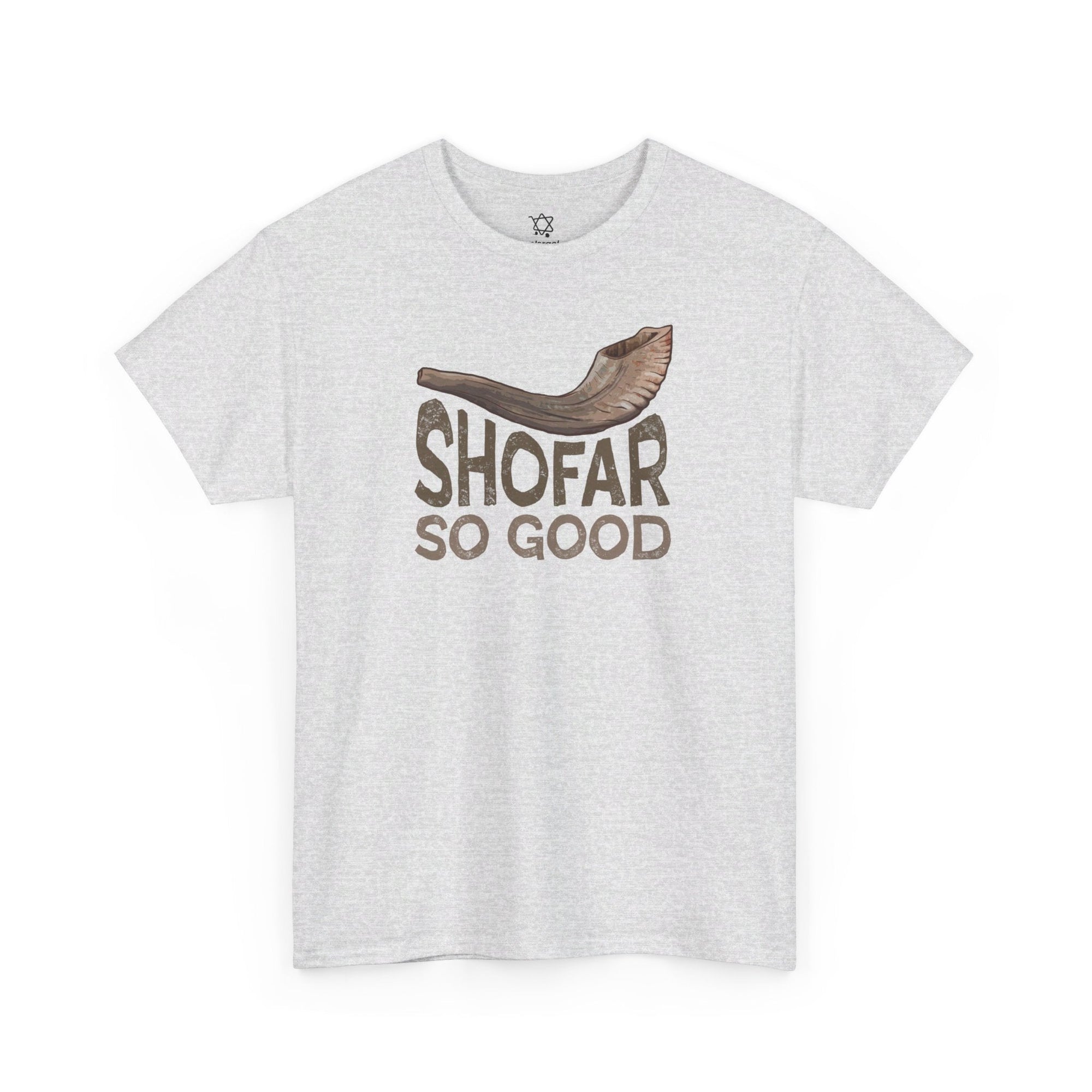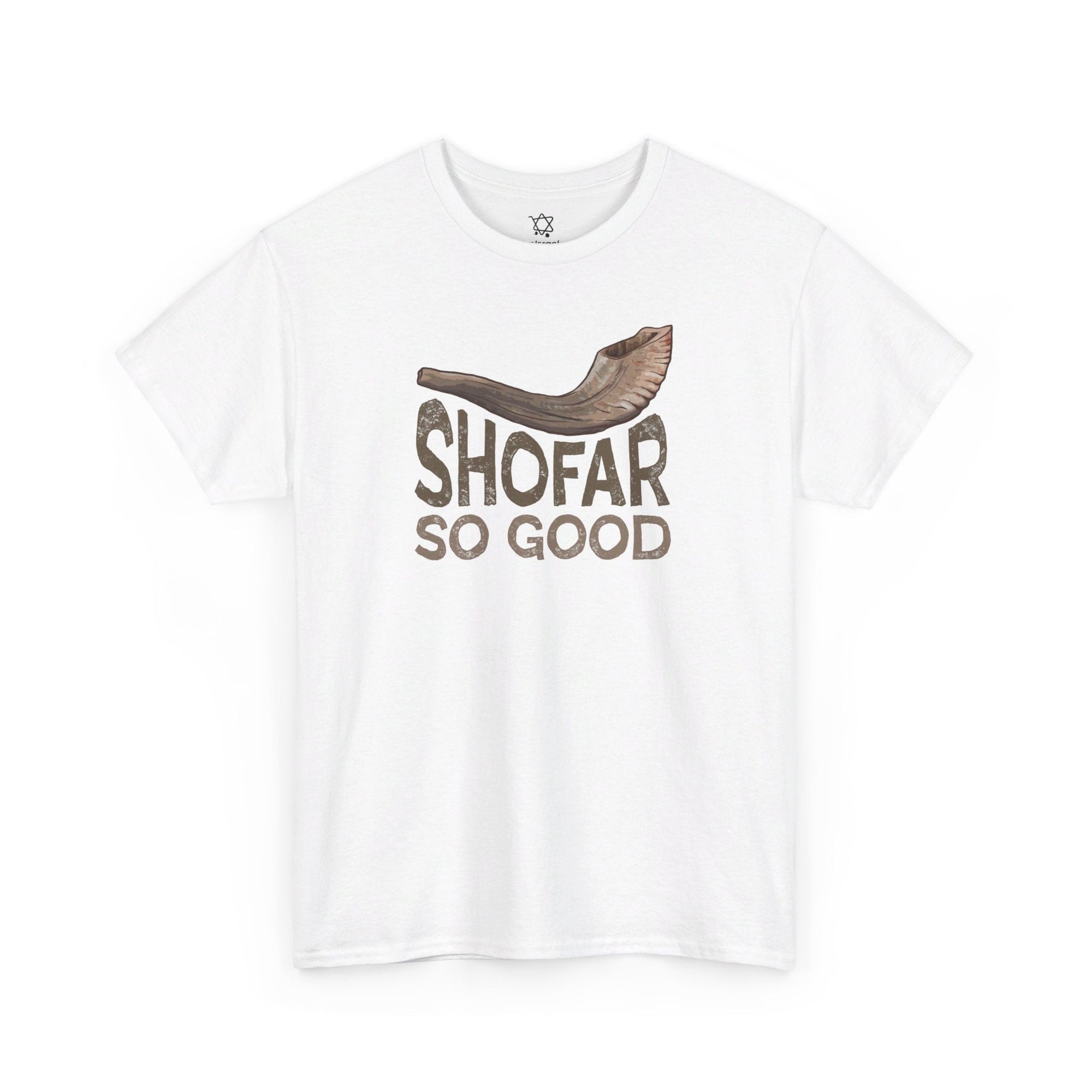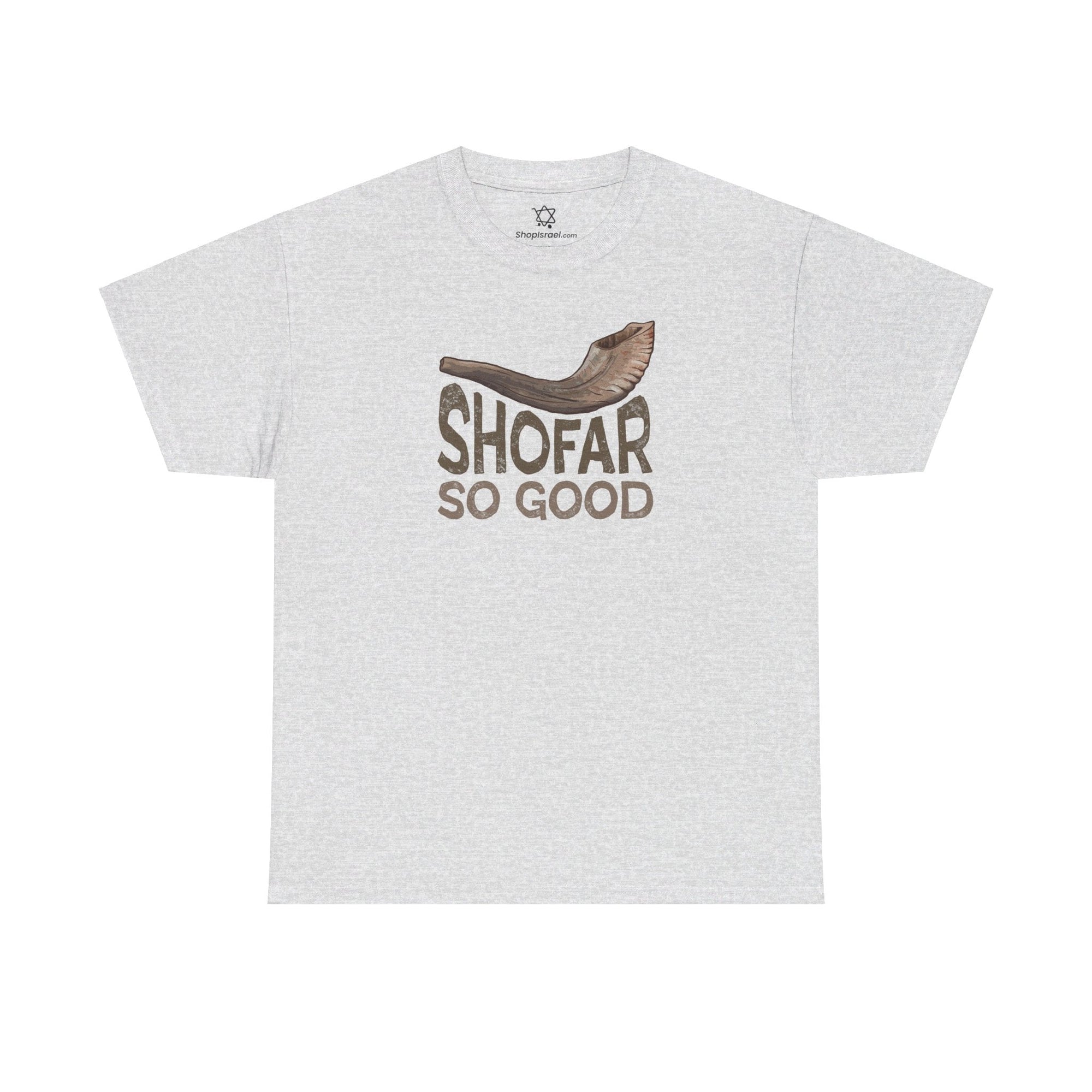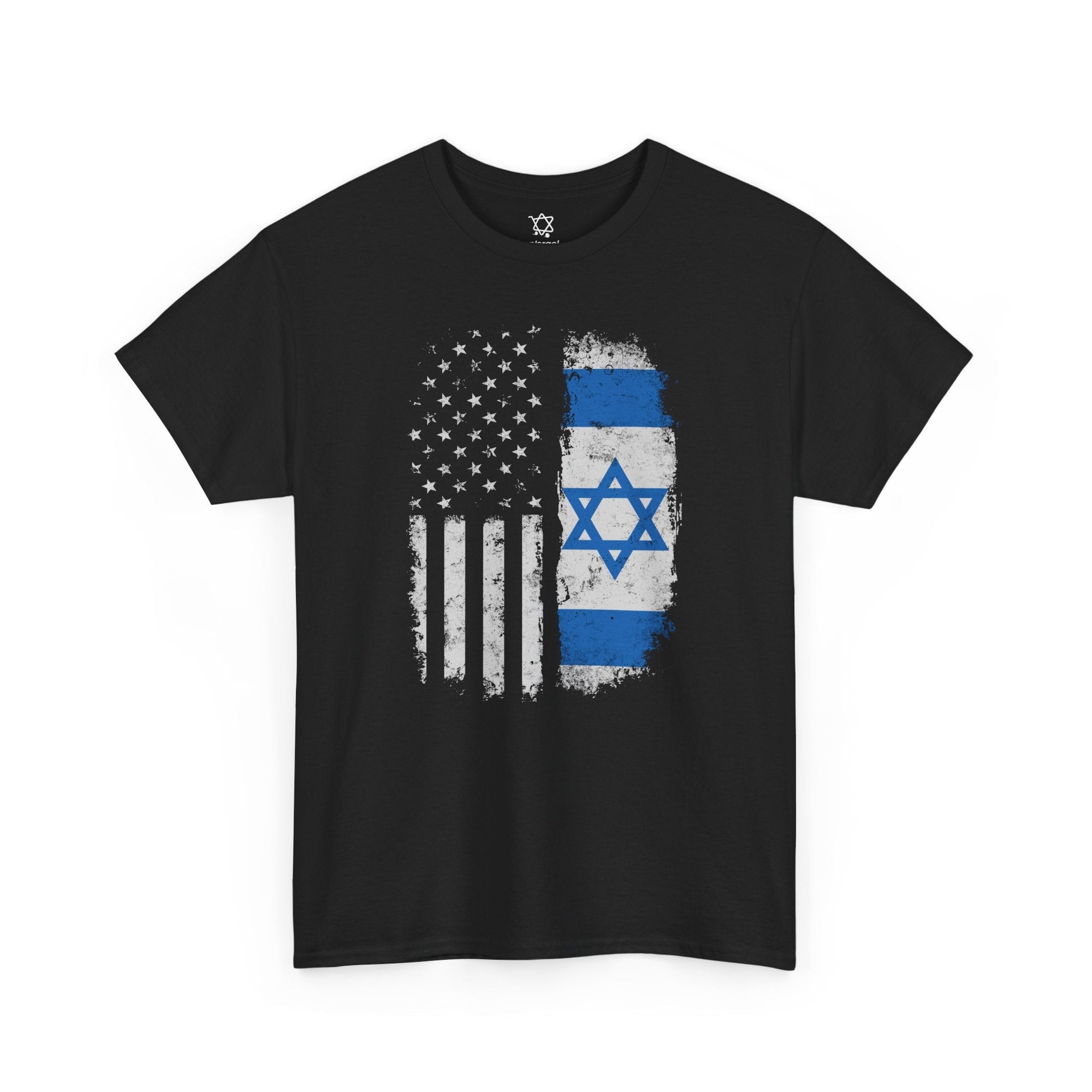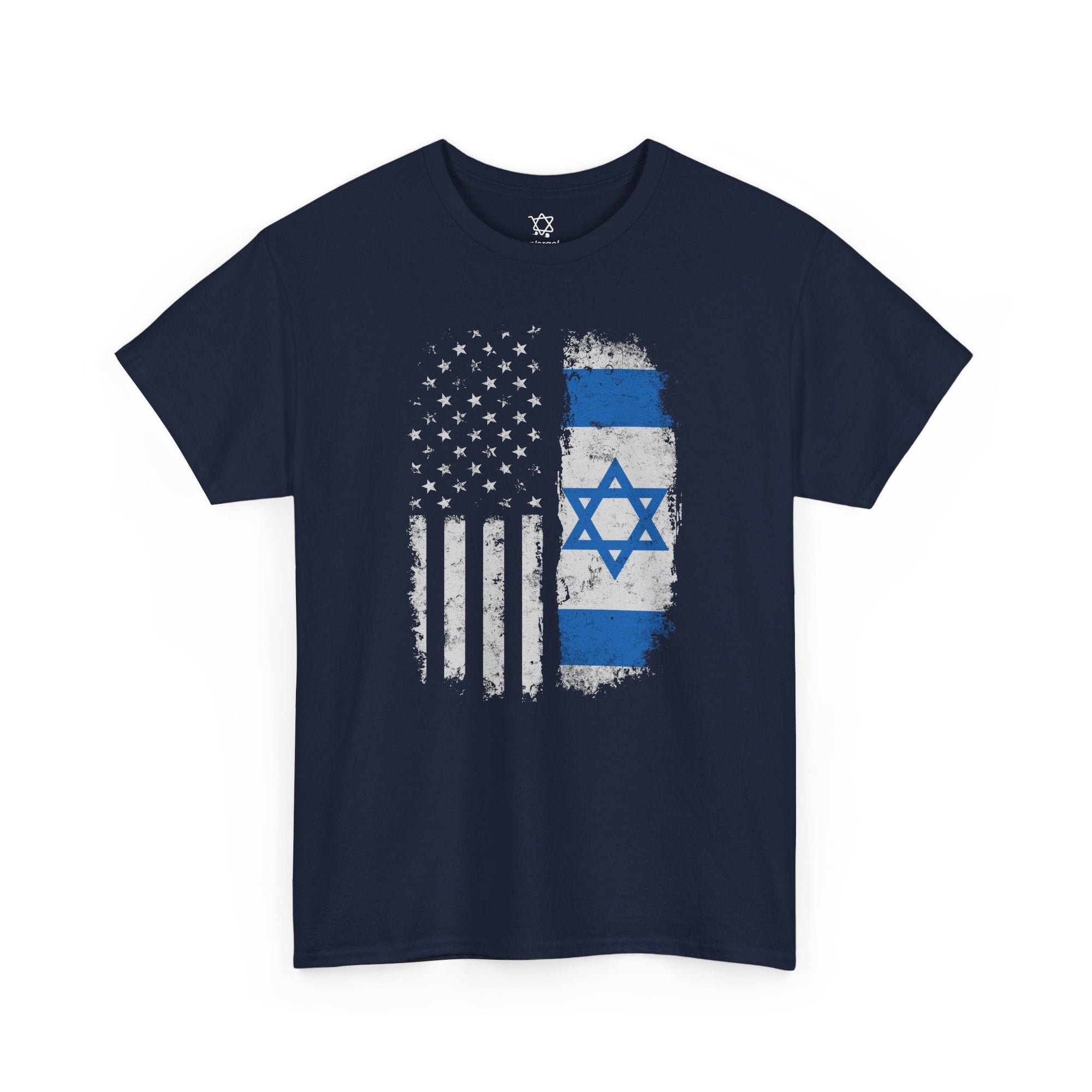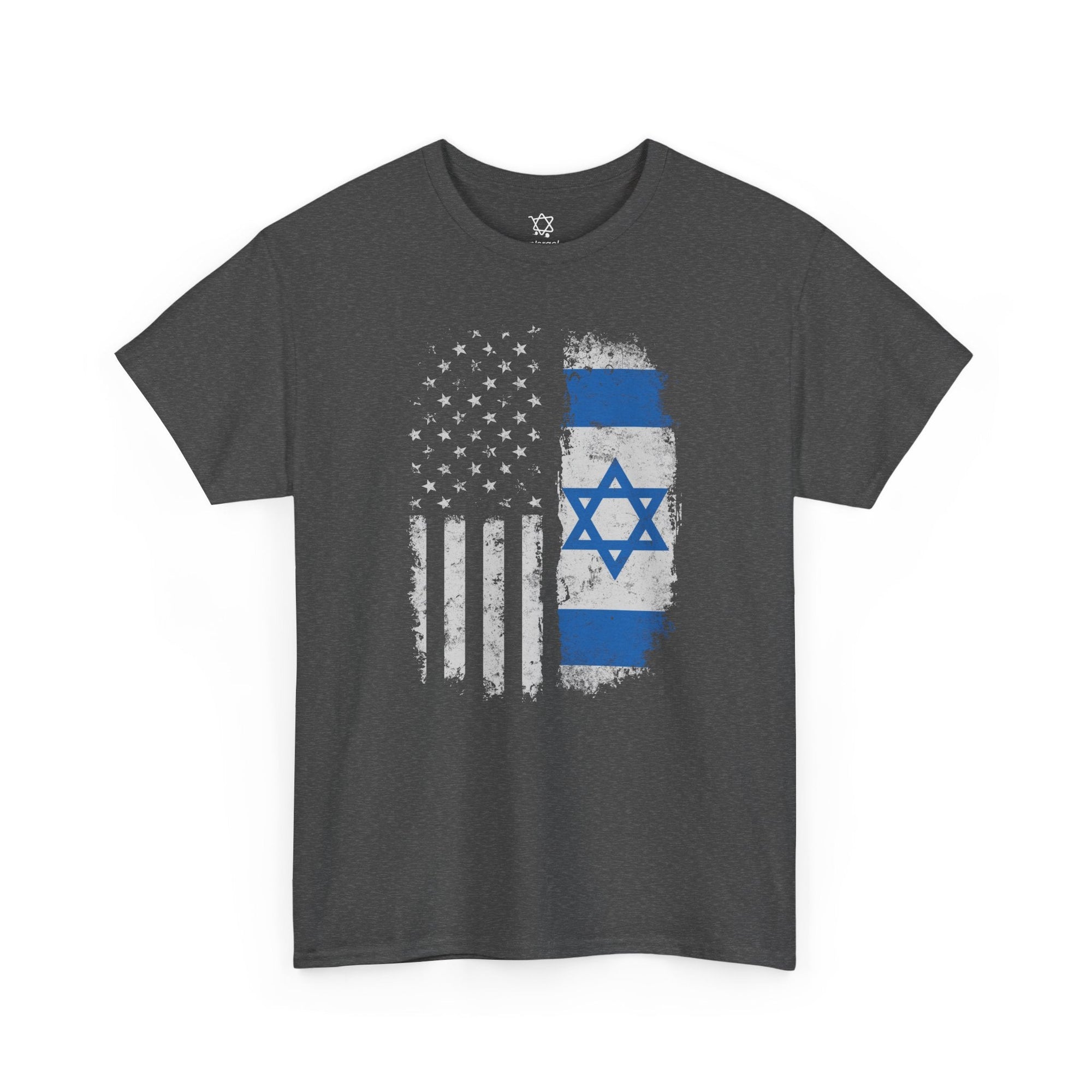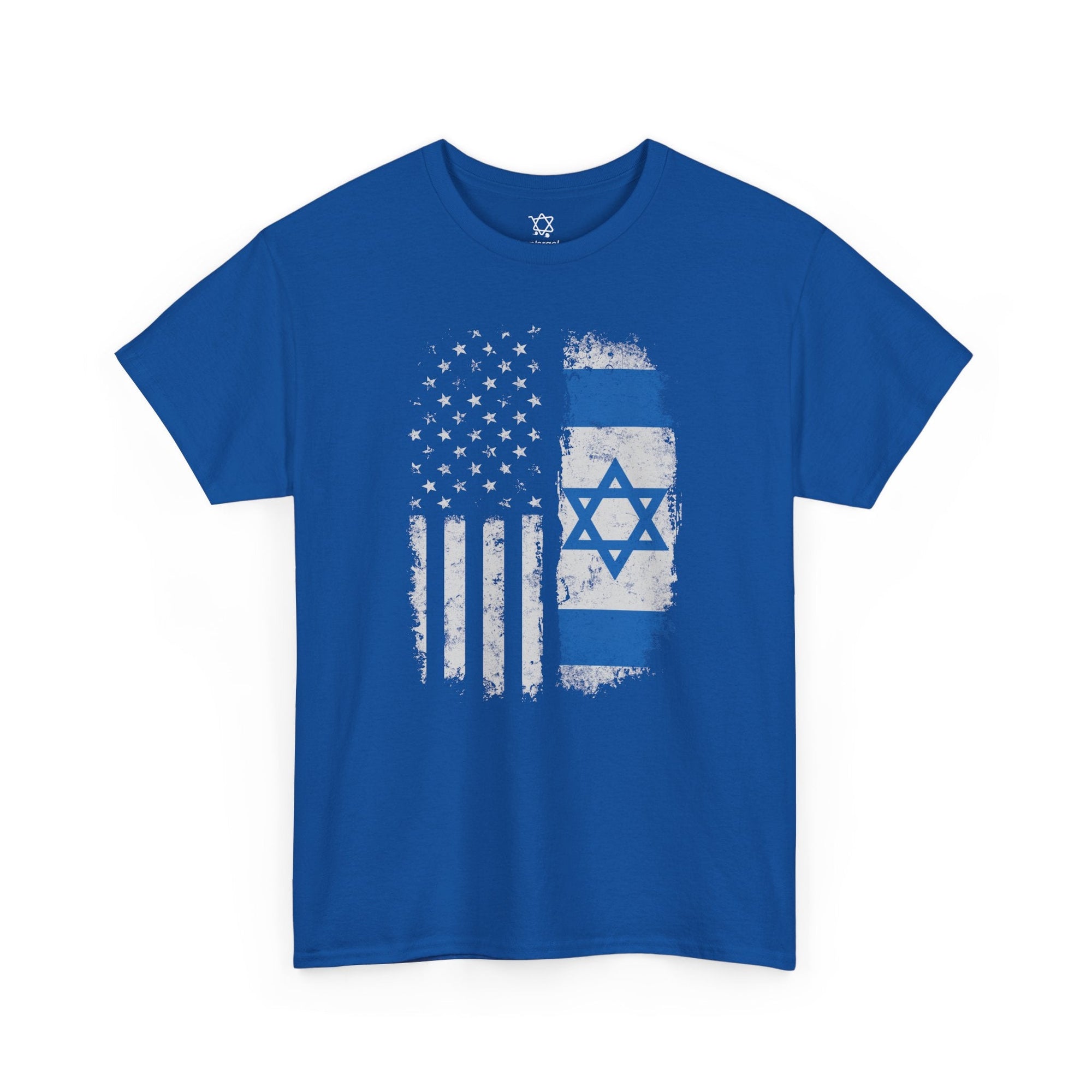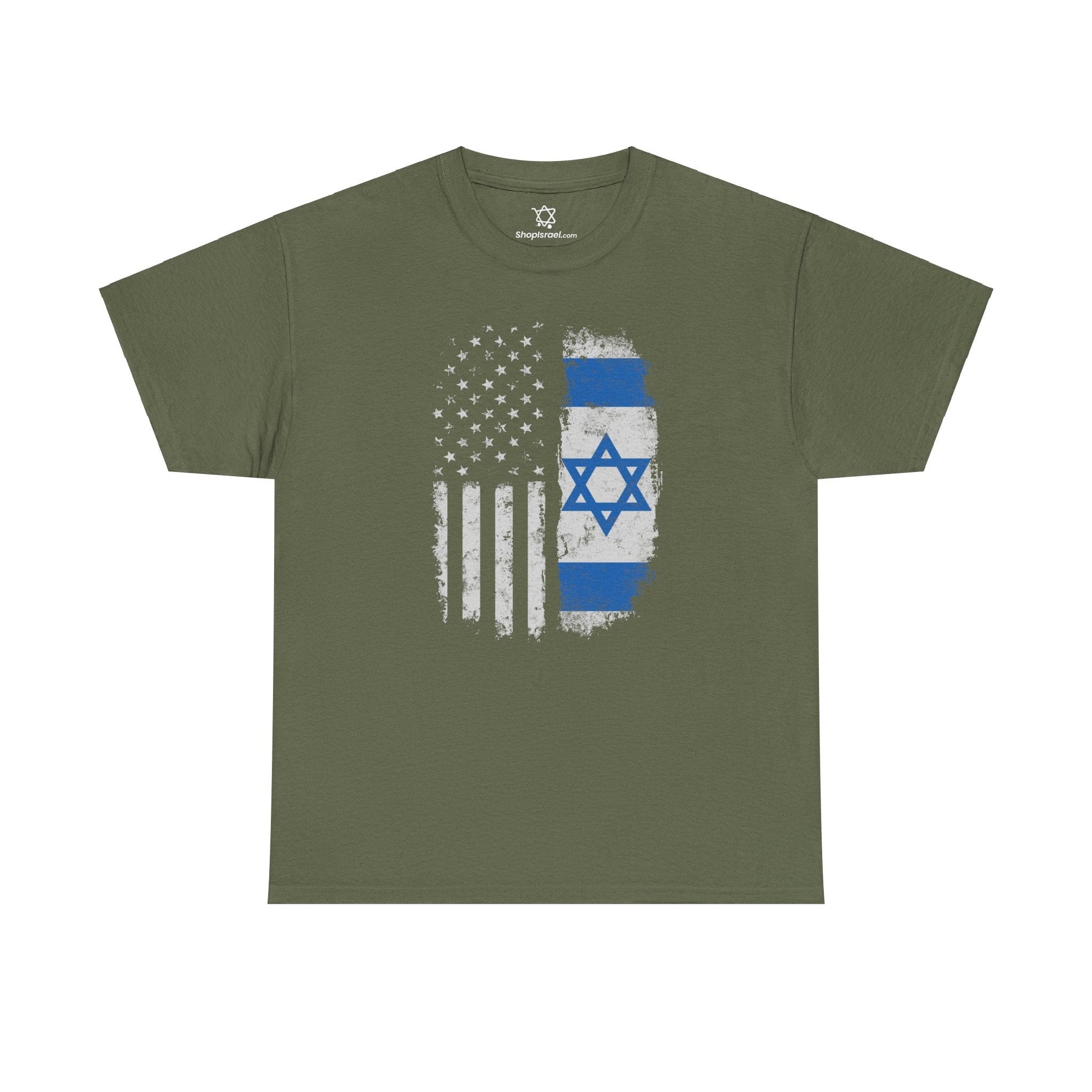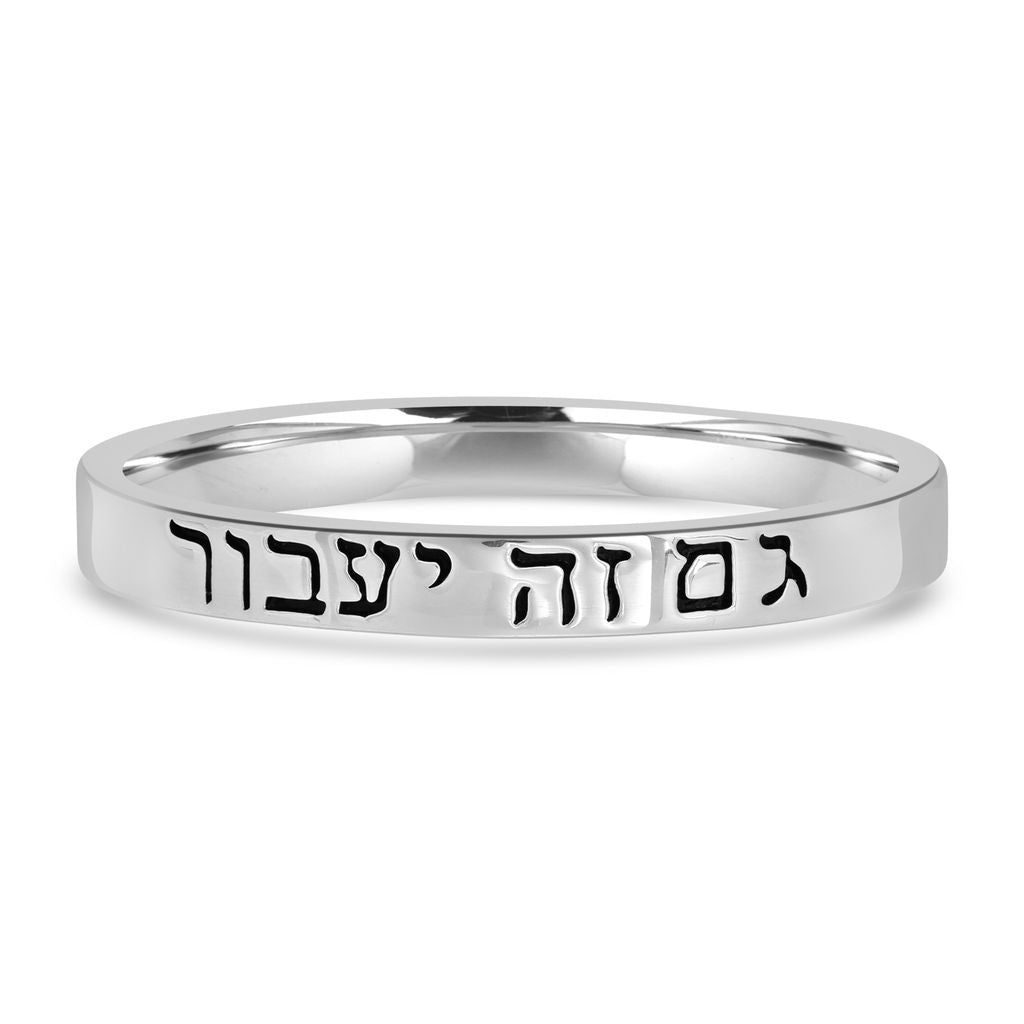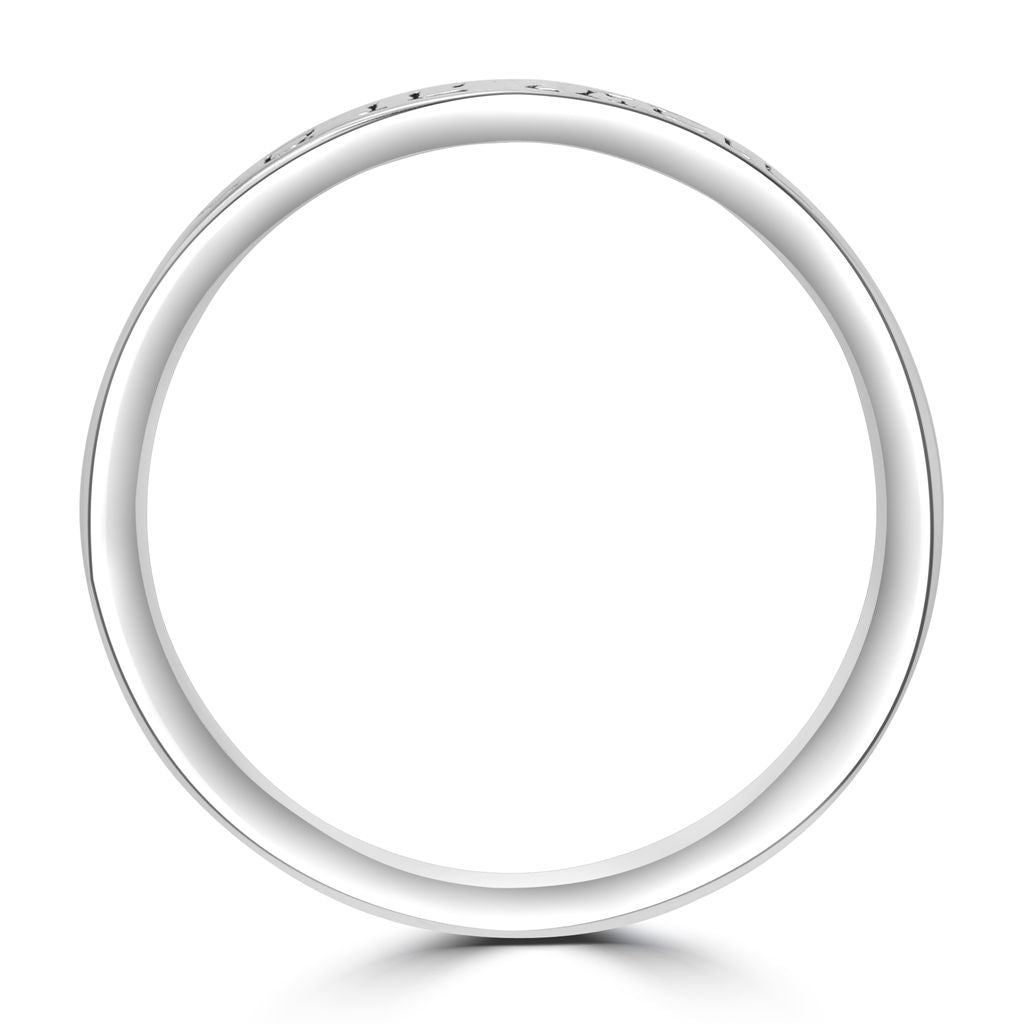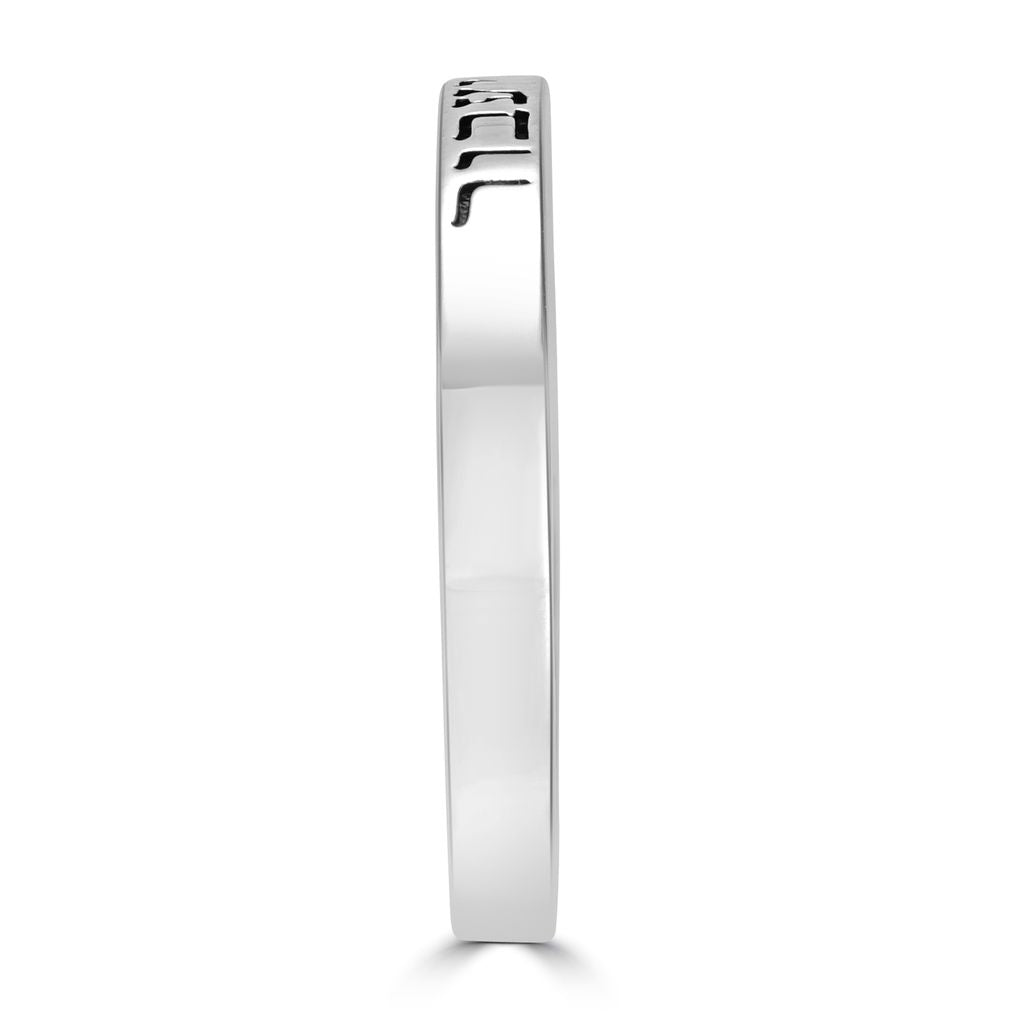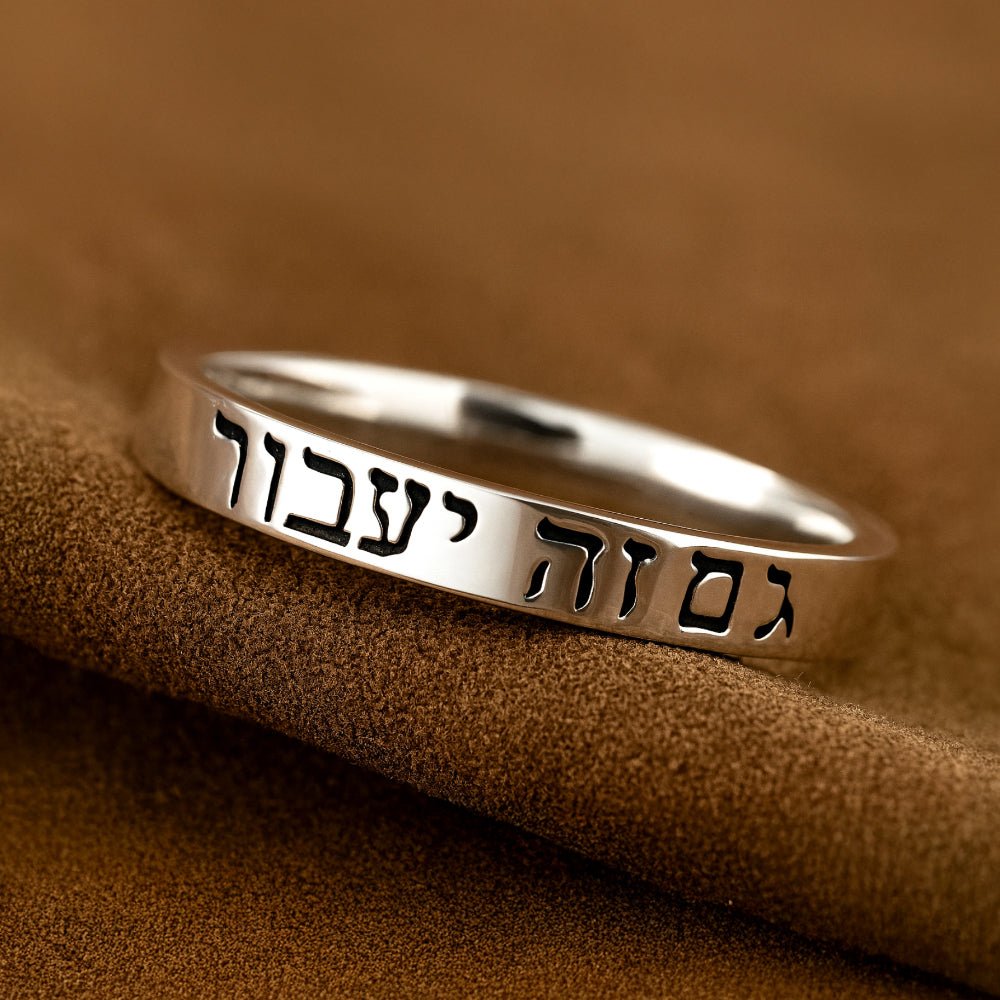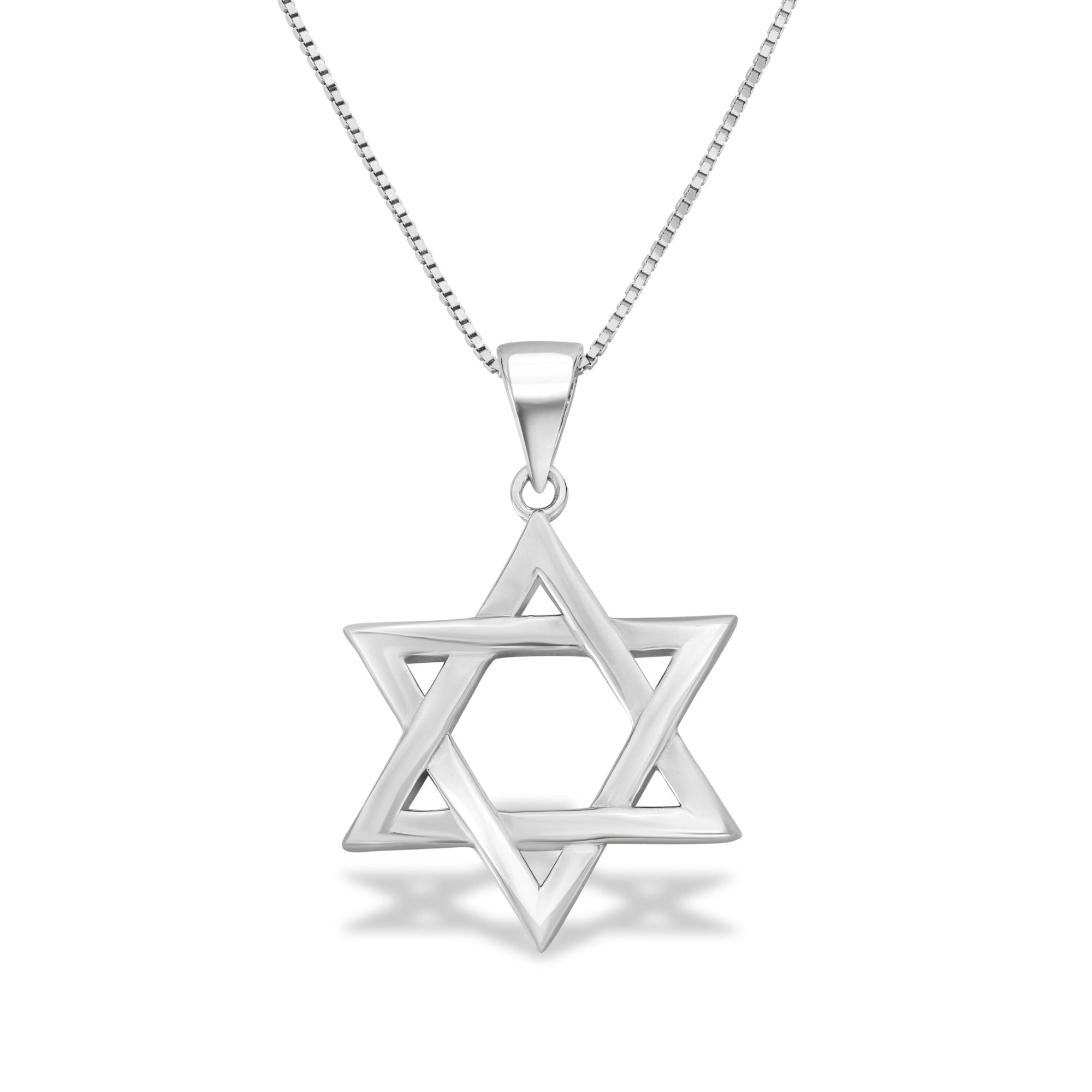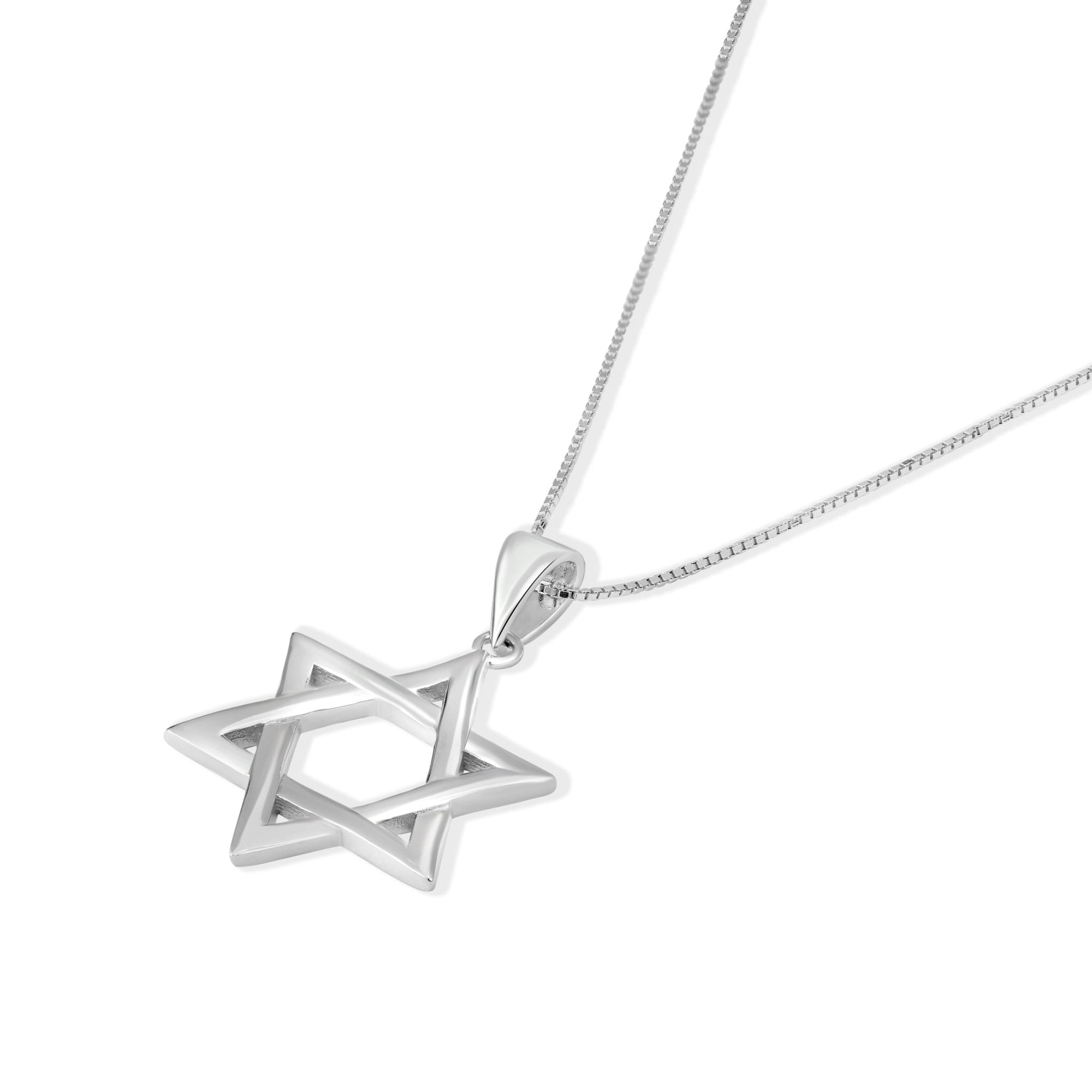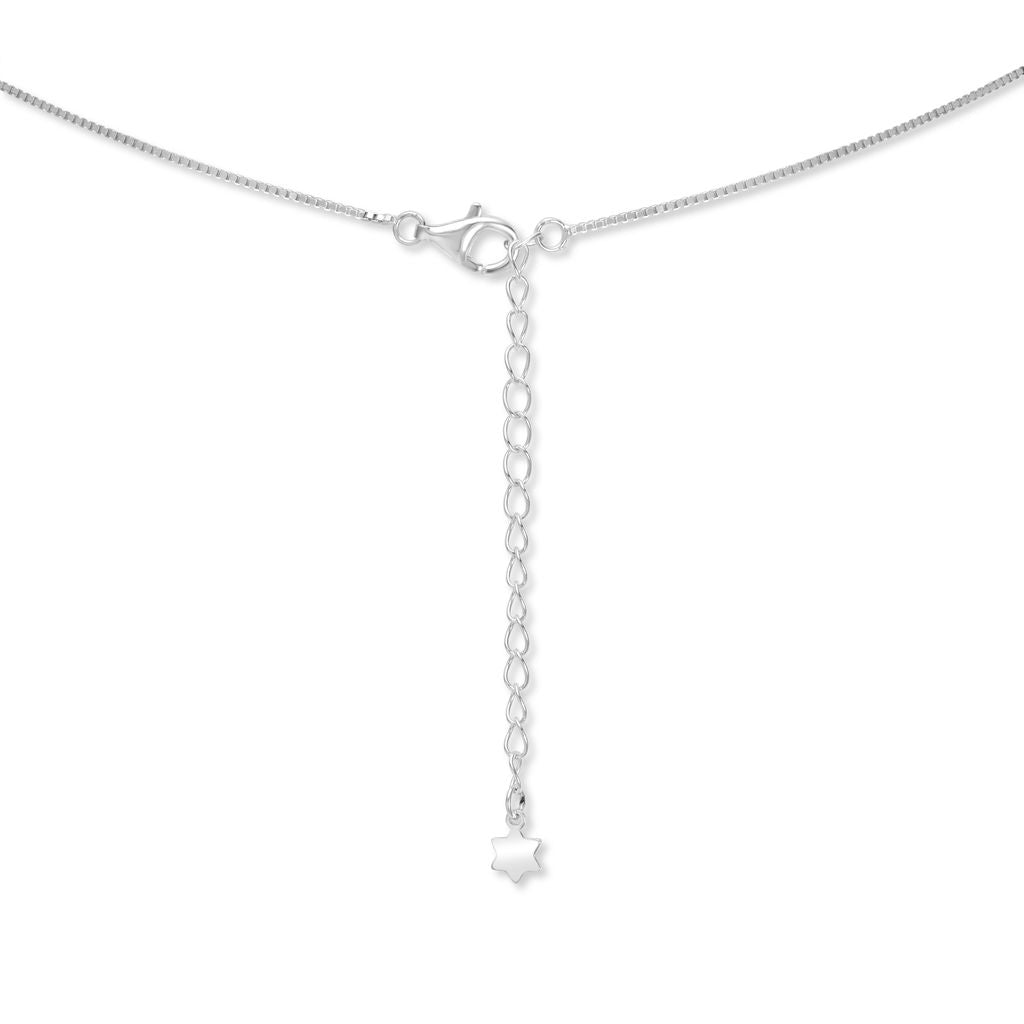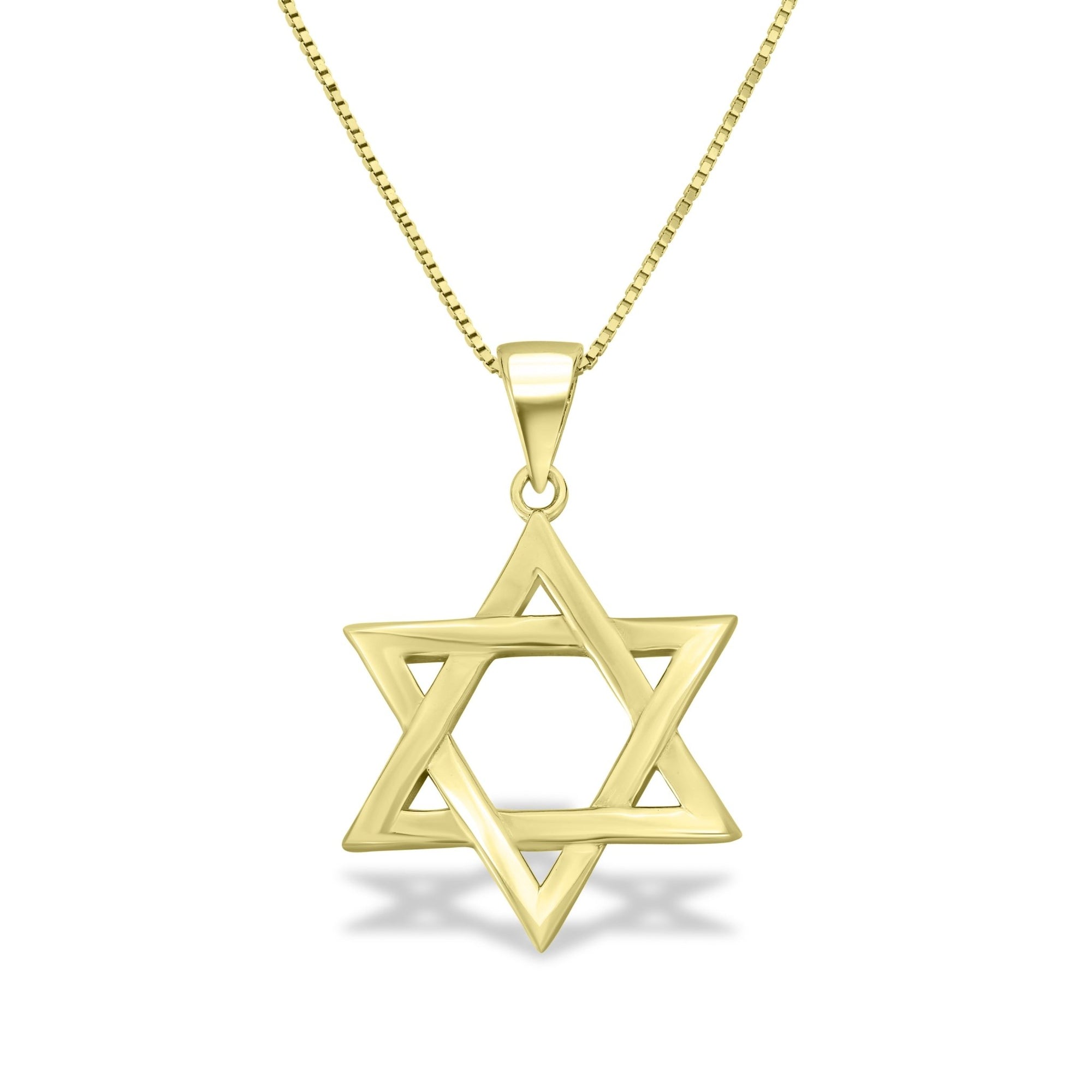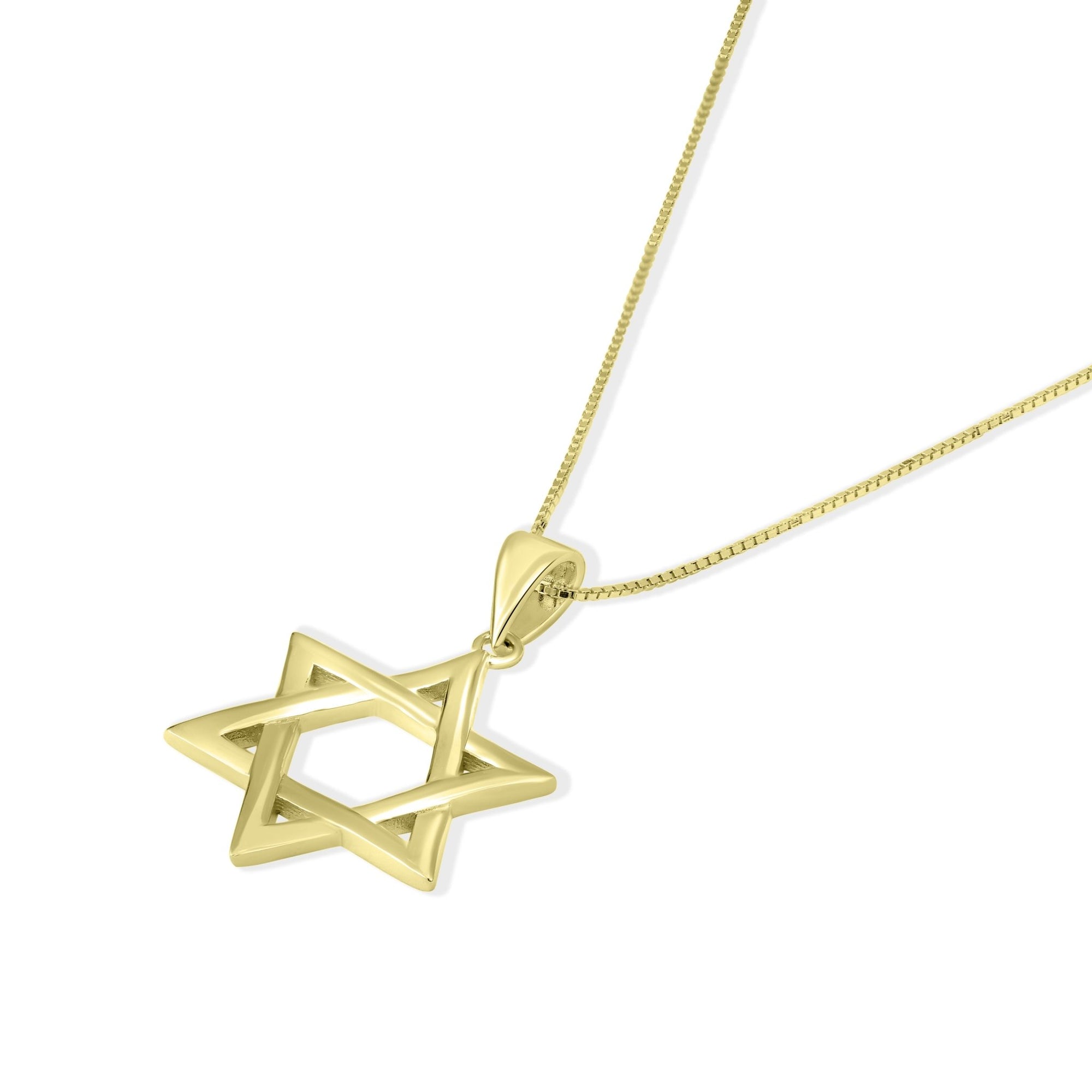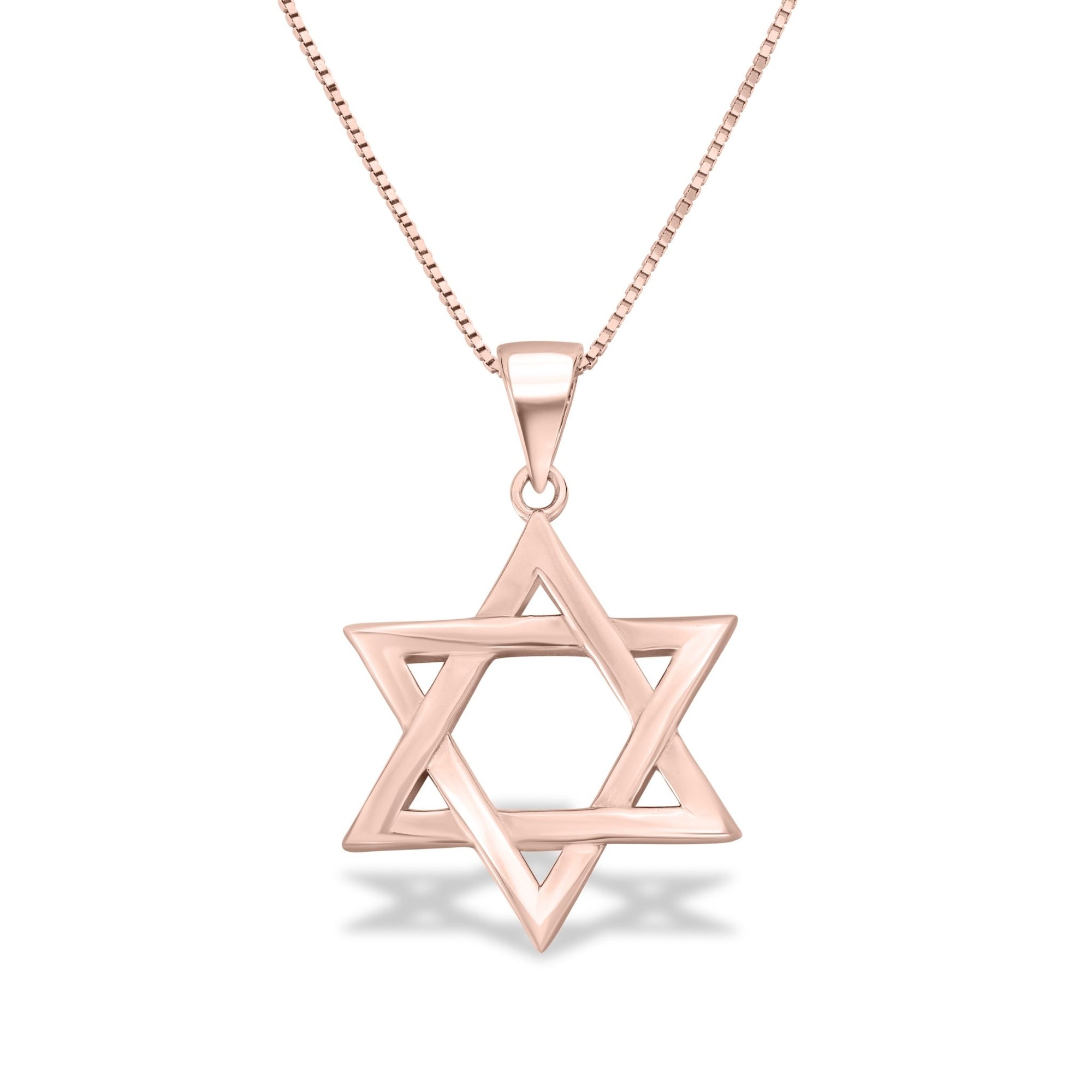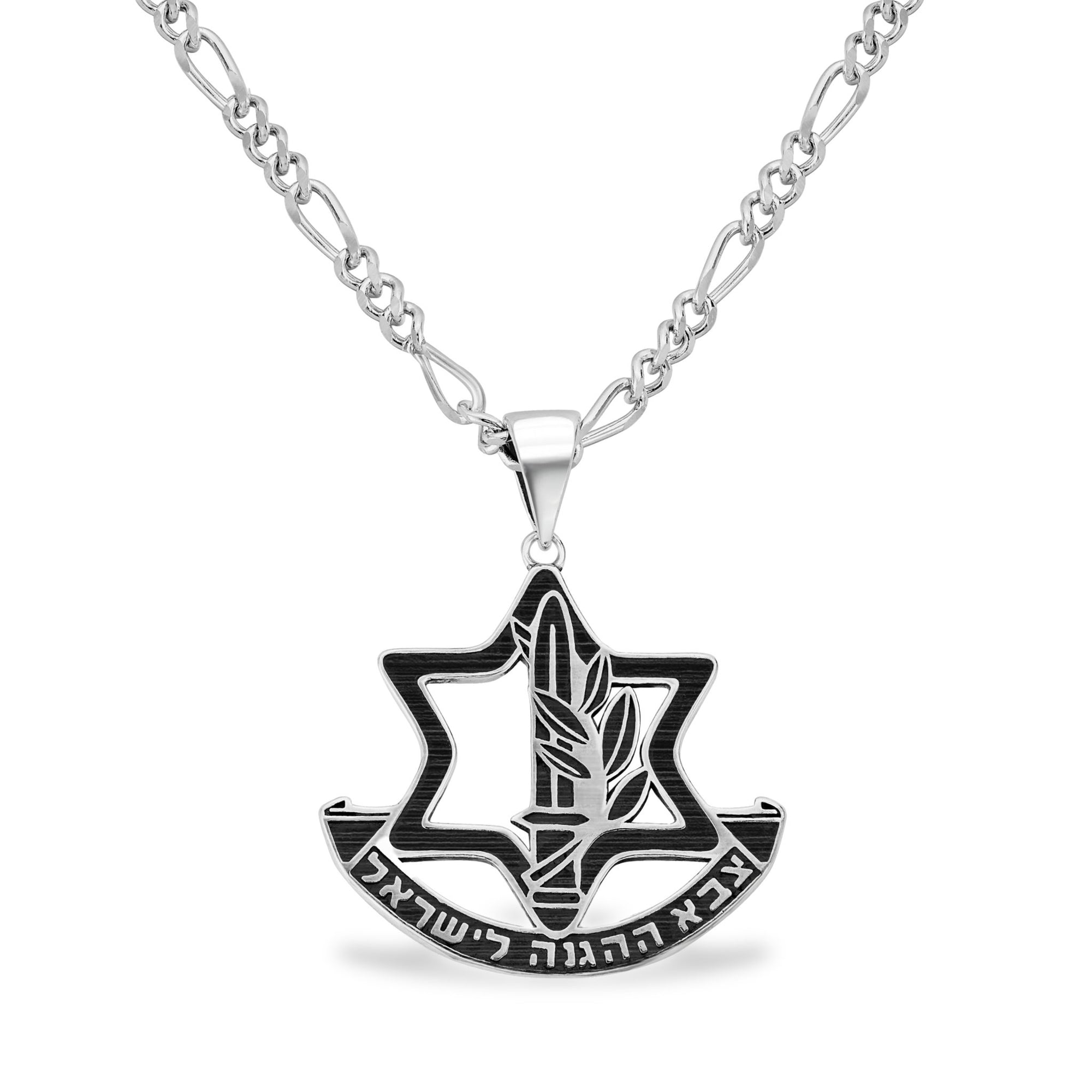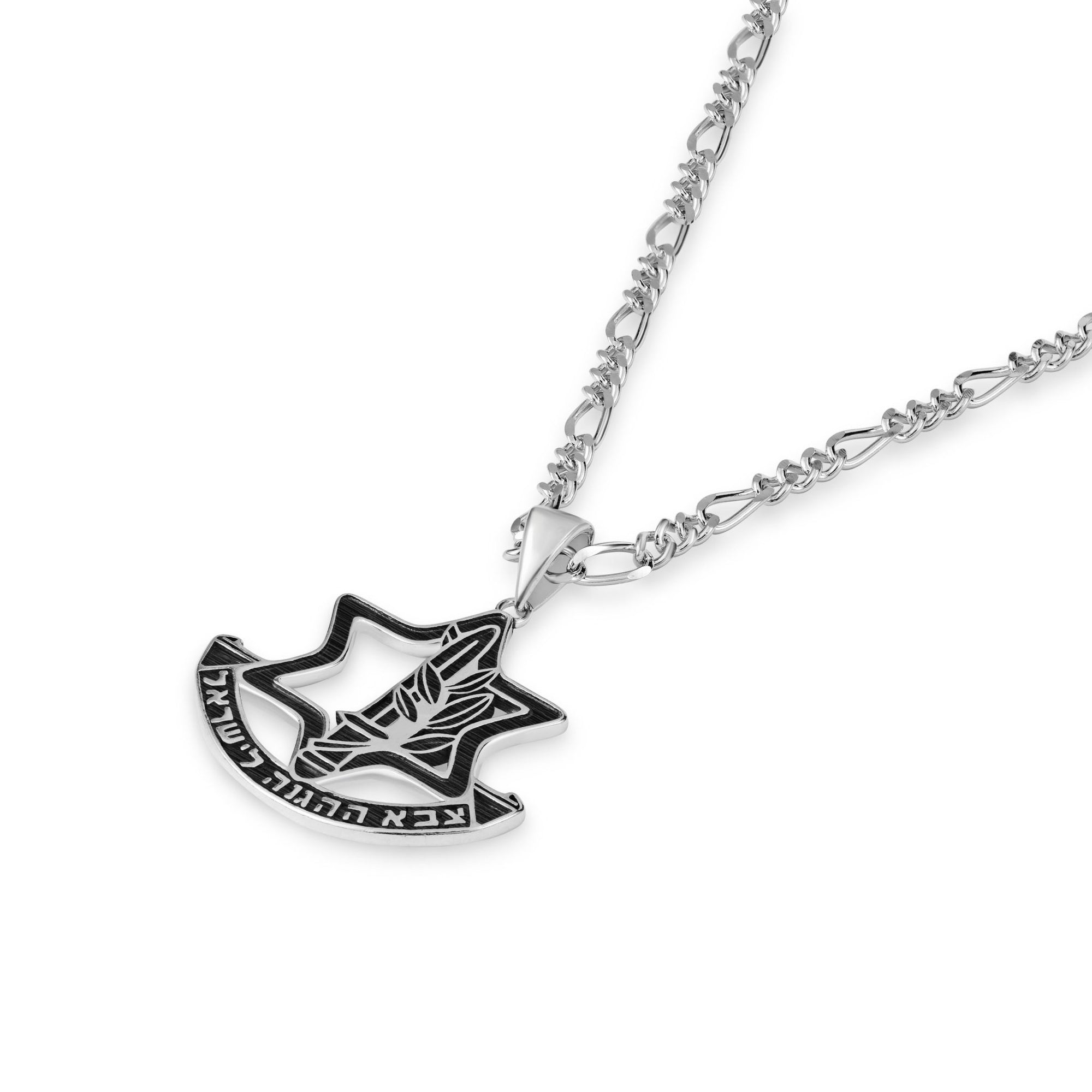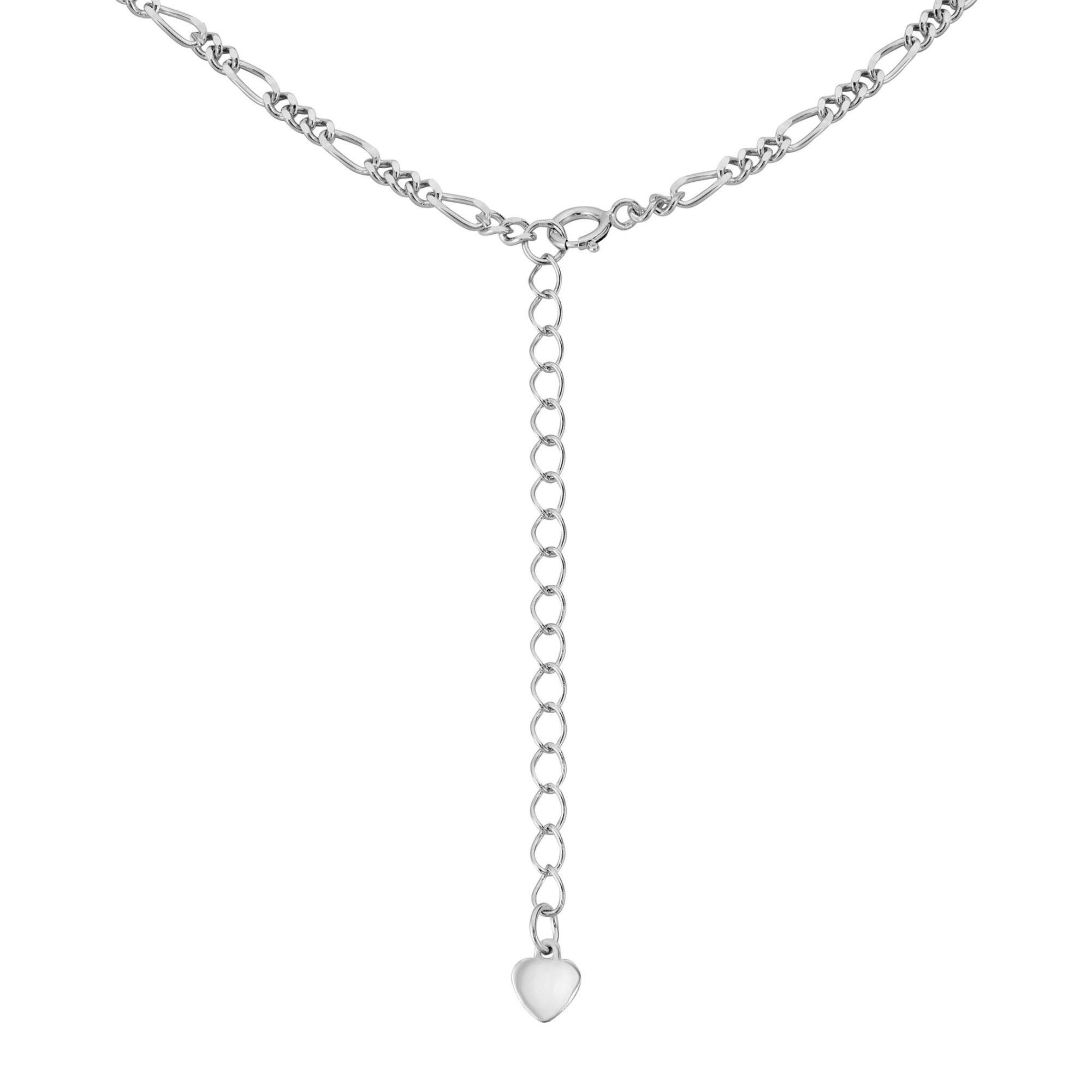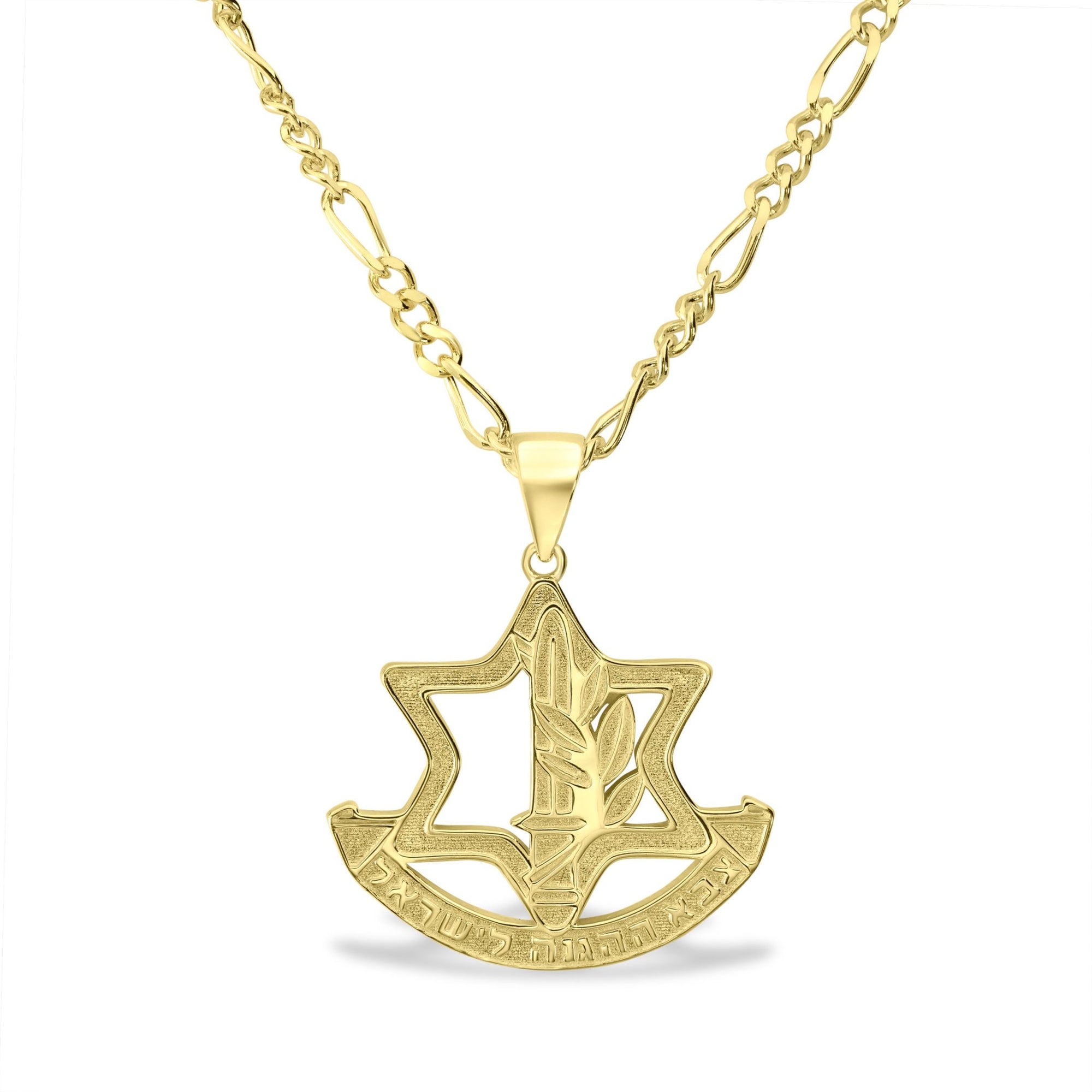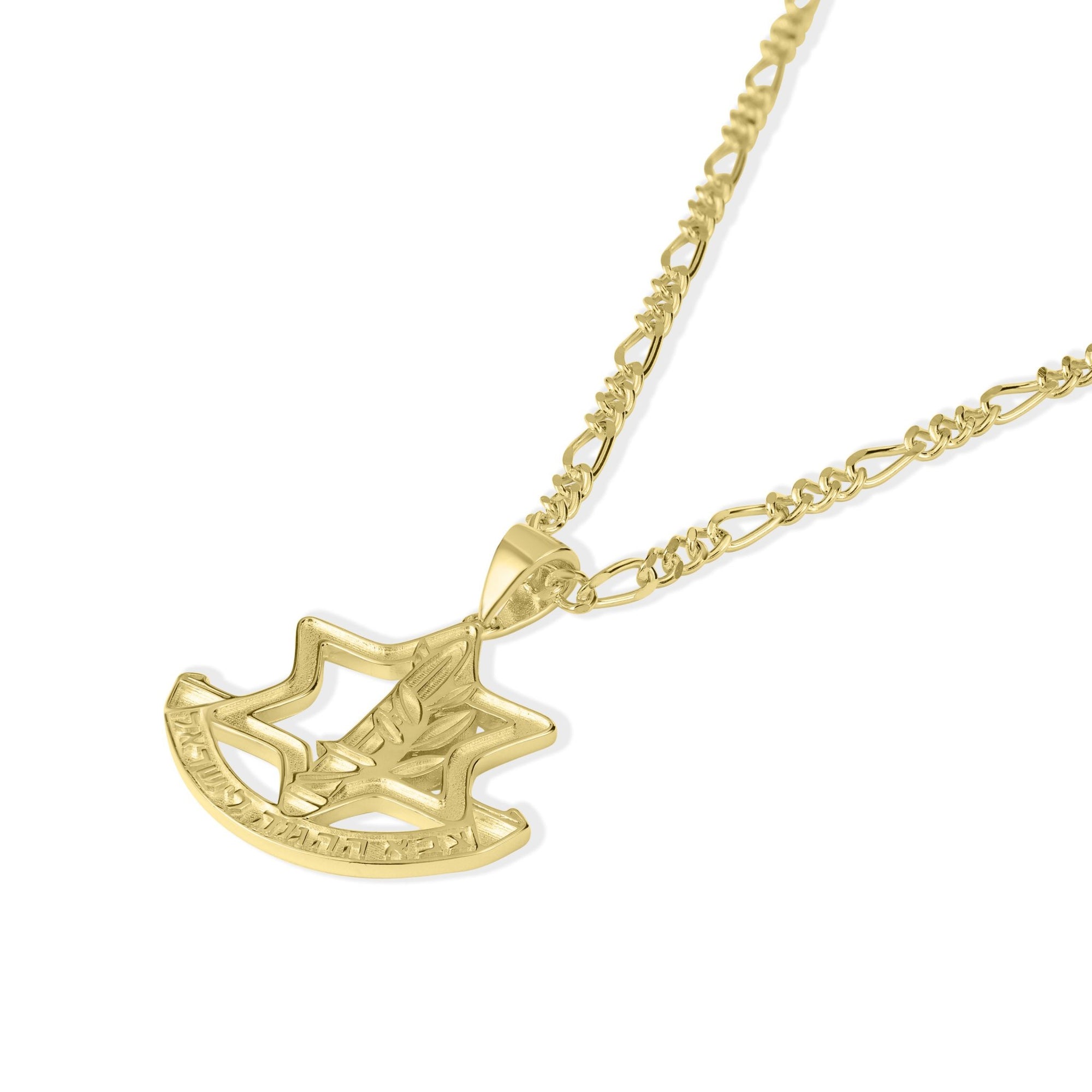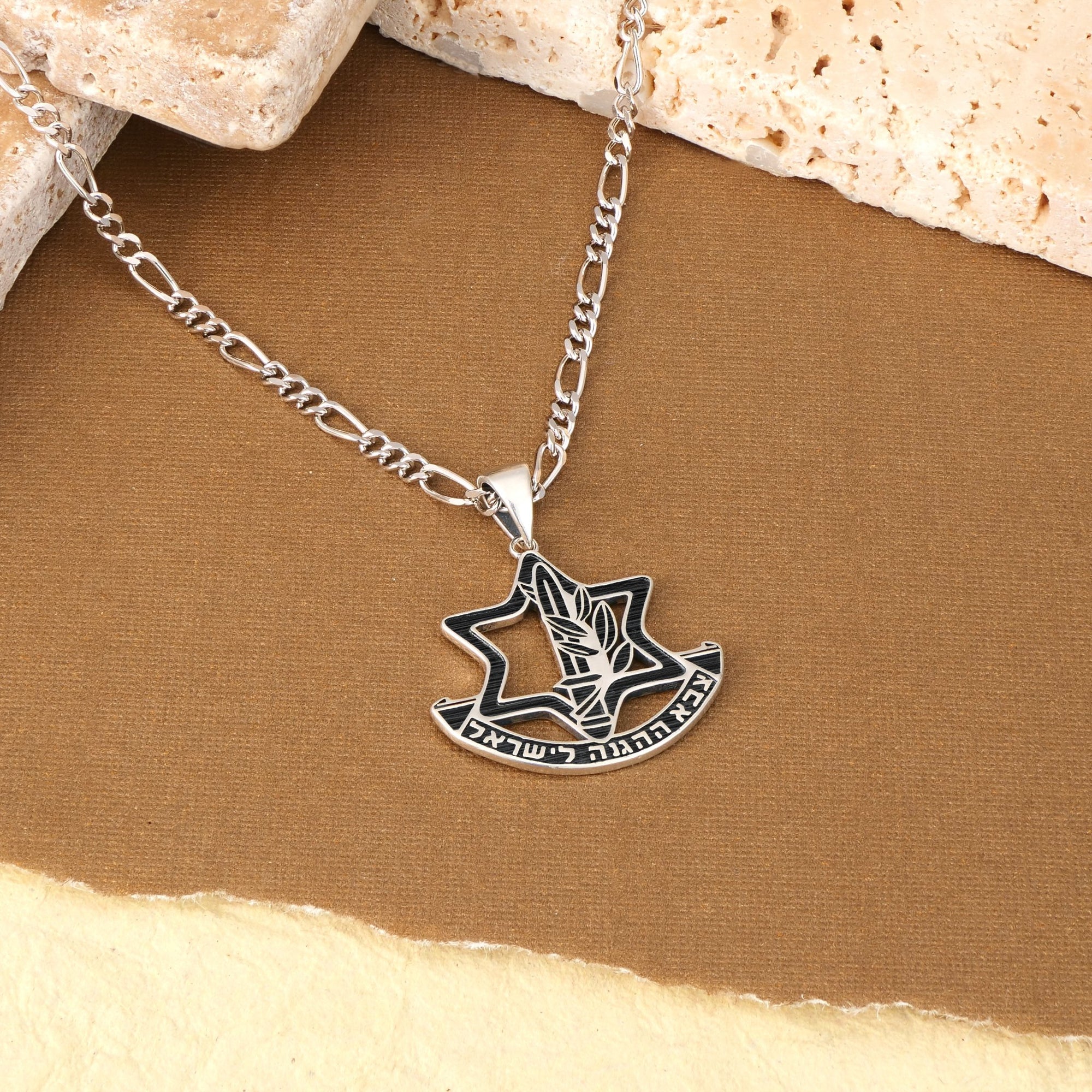Tracing the Star of David's Rich Heritage in Jewelry
The Star of David, or Magen David, is more than a striking geometric shape; it embodies centuries of Jewish identity, spirituality, and resilience. Its transformation from a decorative motif in ancient artifacts to a powerful emblem of faith and culture is mirrored in its evolving presence in jewelry design. This article explores how the Star of David has grown from historical roots into contemporary jewelry that balances tradition with modern artistic innovation, reflecting shifting cultural narratives and design trends.
Origins and Historical Development of the Star of David Symbol

What does the Star of David symbolize in Jewish identity and tradition?
The Star of David, also known as Magen David or Shield of David, is a prominent symbol of Jewish identity and tradition, representing the connection between God, the Torah, and the Jewish people.
Its six-pointed hexagram, formed by two interlocking triangles, has ancient origins as a decorative motif found in Jewish and other cultures. Early uses of this shape date back to as early as the 6th century BCE, appearing on seals and in synagogue architecture.
Historically, the symbol became associated with Judaism in the Middle Ages, particularly in Prague during the 17th century when Jews adopted it as a symbol on their flag. Its spiritual meaning often relates to divine protection and the unity of the twelve tribes of Israel.
The term 'Magen David' translates to 'Shield of David,' which suggests a symbol of divine safeguard, although there is no archaeological evidence that it was on King David's shield.
Throughout the centuries, it gained mystical and Kabbalistic interpretations, embodying the harmony of divine and earthly realms, embodying the six directions where God's presence is believed to reach.
The adoption of the Star of David by the Zionist movement in 1897 helped solidify its status as a symbol of Jewish unity and nationalism.
Finally, in 1948, it was featured on the national flag of Israel, cementing its role as a central emblem of Jewish identity.
While its origins are diverse—appearing in pagan, Christian, and Islamic cultures—the Star of David today mainly signifies Jewish heritage, resilience, and faith, serving as a symbol of cultural pride and spiritual protection.
For more detailed information, see Uncover the Meaning and History of the Star of David, The Star of David: A Brief History, and Star of David Origins.
The Star of David in Early Jewelry and Religious Artifacts

What is the historical development of the Star of David in jewelry design?
The Star of David has a rich history as a significant symbol in Jewish culture, with its origins dating back to ancient decorative motifs. Early uses of the symbol appeared on Jewish seals from the 7th century BCE and in ancient synagogue architecture from the 3rd to 4th centuries CE. In medieval times, the star was often associated with mystical and magical protection. It was inscribed on amulets, mezuzahs, and gravestones, serving as a divine safeguard and a symbol of faith.
By the 17th century, the Star of David began to be more explicitly linked with Jewish identity, especially after Jews in Prague adopted it as a symbol on their flags. This association grew stronger throughout the 19th century, with widespread adoption in Jewish communities across Eastern Europe. Its use on gravestones after World War I reinforced its status as an emblem of Jewish pride and resilience.
In the modern era, the symbol transitioned seamlessly into jewelry design. Crafting jewelry from precious metals such as gold and silver, artisans began including the Star of David in pendants, rings, and charms. Often decorated with gemstones or engraved with Hebrew inscriptions, these pieces serve both as personal adornments and cultural symbols.
Jewelry Judaica, a family-owned business specializing in traditional and contemporary Jewish jewelry, highlights the significance of the Star in its designs. Such jewelry not only reflects religious heritage but also acts as a meaningful gift for religious milestones and personal identity.
Today, the Star of David remains a central motif in Jewish jewelry, embodying protection, faith, and cultural pride. Modern designs combine historical symbolism with contemporary styles, making the symbol accessible and relevant for new generations.
How has the use of the Star of David evolved in religious artifacts?
Throughout history, the Star of David has been a common feature in religious artifacts. It appears on synagogue decorations, tombstones, and ritual objects, symbolizing divine protection and connection to God. Its mystical interpretations, especially in Kabbalistic tradition, relate to the six directions of space and the interconnectedness of spiritual realms.
Jewish artisans have incorporated the star into various religious items, emphasizing its role as a protective emblem. The use of the symbol on religious jewelry and artifacts continues today, blending tradition with modern purpose.
In summary, the Star of David’s journey from ancient decorative motifs to a defining symbol of Jewish identity is woven into the fabric of religious artifacts and jewelry. Its enduring presence underscores its profound significance as both a spiritual emblem and a cultural icon. For a deeper look at its meaning and history, explore this resource.
Symbolism and Cultural Significance in Jewish Identity

How do historical, religious, and cultural contexts influence the design of Star of David jewelry?
The design of Star of David jewelry is profoundly shaped by a rich blend of historical, religious, and cultural influences. Religiously, the star signifies divine protection and faith, rooted in Jewish mystical traditions like Kabbalah, which interpret the symbol as representing divine attributes and the six directions of the universe—north, south, east, west, above, and below. These spiritual ideas lend a sacred aspect to jewelry pieces, often inscribed with blessings or Hebrew inscriptions.
Culturally, the Star of David has transformed over centuries from decorative motifs in ancient synagogues and manuscripts to a powerful emblem of Jewish identity and resilience. Its adoption as a community symbol in Prague in the 14th century and later as a marker of pride after World War I helped cement its significance. Jewelry design reflects this evolution, ranging from simple gold pendants to intricate diamond-studded pieces, allowing individuals to express cultural pride and personal faith, as evident in Jewish jewelry collections.
Historically, the symbol became especially meaningful during dark times, such as the Holocaust, when Jews were forcibly marked with a yellow Star of David—the badge of persecution. Today, jewelry serves as a remembrance of resilience and survival, as well as an outward symbol of Jewish heritage. This is further explored in discussions about the Star of David and Jewish identity.
Design choices—be it minimalist or ornate—are influenced by these layered contexts. Artists incorporate motifs that honor tradition while also embracing contemporary aesthetics, making Star of David jewelry a meaningful and versatile form of cultural expression, as highlighted by modern Judaica trends.
| Aspect | Influence | Example |
|---|---|---|
| Religious | Divine protection, mysticism | Kabbalistic interpretations, blessings |
| Cultural | Identity, resilience | Community pride, remembrance pieces |
| Historical | Persecution, remembrance | Holocaust memorial jewelry, Zionist symbol |
This combination of historical, religious, and cultural factors ensures that Star of David jewelry remains a deeply meaningful emblem, connecting wearers to their faith, history, and cultural identity. For a more detailed exploration, see The Star of David: A Brief History.
Traditional Jewish Symbols Merging with Contemporary Fashion

How are traditional Jewish symbols integrated with contemporary fashion and jewelry trends?
Traditional Jewish symbols such as the Star of David, Hamsa, Menorah, and Mezuzah are increasingly integrated into contemporary fashion and jewelry trends by blending their rich historical and spiritual meanings with modern design aesthetics. Designers incorporate minimalist styles, mixed materials like gold, silver, and gemstones, and versatile wearability to appeal to both secular and religious audiences, making these symbols fashionable and meaningful.
Jewelry items like pendants, rings, bracelets, and charms are crafted in ways that honor tradition while fitting contemporary styles. For example, the Star of David — emblematic of Jewish identity — can be found in sleek, simple gold or silver necklaces, often subtle enough for everyday wear. Many pieces also incorporate semi-precious stones or modern motifs to make them trendy yet rooted in cultural significance.
This fusion ensures that the jewelry remains a personal symbol of faith, protection, and identity, but also aligns with current fashion trends emphasizing minimalism, boldness, and versatility. Such pieces are not just accessories but expressions of cultural pride, individuality, and spirituality.
Blend of tradition with fashion
Jewish symbols are now seen as fashionable statements, crossing the boundaries of religious symbolism and mainstream style. This trend is influenced by global fashion movements, regional aesthetics, and the desire to make Jewish symbols accessible and appealing to a younger audience.
Designers are also pushing the boundaries by using innovative materials and techniques, such as laser-cut designs or reversible jewelry, which add layers of meaning and flexibility. This approach allows wearers to choose how openly or discreetly they express their heritage.
Use of minimalist and versatile styles
Minimalist jewelry featuring Jewish symbols appeals to modern consumers seeking stylish yet meaningful accessories. Clean lines, geometric shapes, and subtle engravings make these designs suitable for daily wear and complement contemporary outfits.
Versatility is further achieved through modular pieces or items that can be layered or worn in various ways, enhancing their appeal across diverse fashion preferences.
Appeal to wide audiences
By integrating traditional symbols into trendy jewelry, designers reach wider audiences, including those who may not identify strongly with religious practices but appreciate the cultural and aesthetic value.
The attractive, modern presentation reduces barriers, enabling more people to connect with their heritage or show support for Jewish identity through everyday fashion.
Combination of spirituality and aesthetics
Modern Jewish jewelry balances the spiritual significance of symbols like the Star of David with aesthetic appeal, making these items both meaningful and stylish. This creates a new form of cultural expression that merges faith, identity, and fashion.
In summary, contemporary Judaica jewelry exemplifies how ancient symbols can be reimagined through modern design, blending tradition with fashion, and making Jewish symbols relevant and stylish for today's diverse audiences.
Emerging Trends and Stylistic Developments in Star of David Jewelry

Current design trends in Star of David jewelry showcase a shift towards minimalism and abstract artistry. Many contemporary pieces favor clean lines and simplified forms, making the symbol more versatile and appealing to modern tastes. Designers like Elsa Peretti have popularized this minimalist approach, translating the traditional hexagram shape into sleek, elegant forms that can seamlessly complement everyday fashion.
In addition to minimalism, there is a notable trend of combining mixed materials. Jewelry now often features a blend of metals such as gold, silver, and platinum, paired with colorful gemstones, enamel, or even semi-precious stones. This mix creates visually striking contrasts and allows for greater personalization and individuality in each piece.
Personalization also plays a vital role in today’s jewelry scene. Custom engravings, unique gemstone settings, and reversible designs—where symbols are hidden or revealed—enable wearers to imbue their jewelry with personal meaning. Such options make jewelry not only a statement of faith but also a reflection of personal identity and style.
Balancing tradition with innovation, designers often incorporate ancient symbols into modern forms, producing pieces suitable for daily wear or special occasions. This fusion respects the rich cultural and spiritual significance of the Star of David while appealing to contemporary aesthetics. Overall, new developments emphasize meaningfulness, style versatility, and creative expression, ensuring the symbol’s relevance in today’s jewelry landscape.
Innovative Artistic Reinterpretations by Contemporary Designers
How have contemporary artists reinterpreted the Star of David in modern jewelry design?
Modern jewelry designers are transforming the way the Star of David appears by embracing new materials and artistic styles. Instead of sticking to traditional flat outlines, many incorporate recycled and sustainable materials, which not only promote environmental consciousness but also add unique textures to the jewelry.
Artists like Jess Hannah Revesz focus on abstract and organic forms. Her designs often feature textured surfaces and innovative shapes inspired by nature, moving away from classical geometric outlines to create refined, stylish pieces that carry deep personal and cultural meaning.
These contemporary pieces are more than mere adornments—they symbolize Jewish identity, memory, and community belonging. Jewelry designs often serve as meaningful gifts for important life events such as weddings, bar/bat mitzvahs, or anniversaries.
Many artists also embed historical and cultural themes into their work. For example, some incorporate subtle references to the Holocaust or Jewish mysticism, blending history with modern aesthetics. This approach emphasizes the timeless significance of the symbol while making it relevant for today’s social and cultural landscape.
Overall, these innovative reinterpretations show that the Star of David is not only a historical emblem but also a versatile and evolving symbol of identity, resilience, and artistic expression in contemporary Jewish Jewelry design.
Materials, Craftsmanship, and Techniques in Modern Star of David Jewelry
Modern Star of David jewelry showcases a vast array of styles, ranging from classic to innovative interpretations. Designs often vary from simple, minimalist pieces to elaborate, intricately patterned adornments, reflecting both traditional symbolism and contemporary fashion trends.
Jewelry makers utilize a diverse selection of materials. Precious metals like gold, sterling silver, and platinum remain popular choices due to their durability and timeless appeal. However, many artisans also experiment with alternative materials — such as wood, resin, ceramics, and even acrylics — to create distinctive, modern looks that resonate with younger audiences.
The craftsmanship involved in producing Star of David jewelry involves a variety of techniques. Hand engraving and filigree work allow for detailed, delicate patterns that add texture and personality to each piece. Gemstone inlay — featuring sapphires, rubies, and diamonds — often enhances the aesthetic and symbolic value.
Technological advancements have expanded creative possibilities. Laser cutting and 3D printing are increasingly used to achieve complex geometric shapes and designs with high precision. These methods allow for the seamless integration of traditional symbols into innovative forms that appeal to contemporary styles.
Blending tradition with cutting-edge techniques, modern jewelry artisans aim to create pieces that are not only beautiful but also meaningful. Whether serving as cultural symbols or fashionable accessories, these works reflect a dynamic intersection of cultural heritage, craftsmanship mastery, and technological innovation.
Cultural and Historical Narratives Embedded in Jewelry Designs
Holocaust symbolism and remembrance
Jewish jewelry featuring the Star of David often serve as powerful reminders of resilience and remembrance. During the Holocaust, Jews were forced to wear a yellow Star of David badge, turning an ancient symbol into a mark of persecution and survival. Contemporary pieces may subtly incorporate this history, serving as personal memorials or symbols of standing against antisemitism. Learn more about the Jewish persecution symbol and the Nazi yellow Star of David.
Zionist movement and national identity
The adoption of the Star of David by the Zionist movement in 1897 marked a turning point, transforming it into a symbol of Jewish unity and aspirations for a homeland. This historical moment solidified its presence on the Israeli flag, representing national pride and the rebirth of Jewish sovereignty.
Jewish resilience reflected in jewelry
Jewelry adorned with the Star of David also celebrates Jewish resilience through centuries of challenge and perseverance. From ancient artifacts to modern designs, these symbols embody a collective strength, religious identity, and cultural continuity, often personalized to honor individual journeys. See examples of Jewish Jewelry that showcase this heritage.
multi-layered meanings in contemporary pieces
Today’s Judaica jewelry blends tradition with modern aesthetics, often incorporating additional symbols like the Hamsa or Hebrew phrases. These layered meanings allow wearers to express their heritage, faith, and personal stories, making each piece an intricate narrative of Jewish history and identity. Learn more about Contemporary Judaica jewelry.
| Aspect | Description | Cultural Significance |
|---|---|---|
| Holocaust remembrance | Symbol of persecution and resilience | Honoring survival and confronting antisemitism |
| Zionist symbolism | Emblem of unity and national hope | Celebrating Jewish homeland and identity |
| Resilience in design | Reflects endurance through history | Personal and collective strength |
| Contemporary meanings | Fusion of tradition and modern style | Personal expression and cultural pride |
Jewelry thus acts as a wearable narrative, connecting individuals to their history and community, while also showcasing the evolving cultural stories woven into each design. For a deeper understanding, see Uncover the meaning and history of the Star of David necklace.
Jewelry as a Medium for Jewish Identity and Personal Expression
Jewelry's role in cultural pride
Jewish jewelry often serves as a powerful symbol of cultural pride, with pieces featuring iconic motifs like the Star of David, Hamsa, or the Chai. These designs help wearers connect to their heritage and showcase their Jewish identity proudly. Items crafted by artisans in Israel or the diaspora commemorate important traditions and milestones, fostering a sense of community.
Expression of faith and protection
Jewelry, especially pieces adorned with the Star of David, often symbolizes faith, divine protection, and spiritual connection. Historically inscribed on amulets and mezuzahs, these items are believed to offer protection and blessings. Contemporary jewelry continues this tradition, serving as a reminder of divine presence and personal faith.
Meaningful gifts for life events
Jewish jewelry makes meaningful gifts for significant life events such as weddings, bar and bat mitzvahs, and anniversaries. Personalized pieces with Hebrew inscriptions or symbols like the Star of David are cherished symbols of growth, blessing, and continuity. These gifts strengthen bonds and celebrate shared heritage.
Adaptation for safety and discreet wear
Modern Jewish jewelry also adapts to contemporary needs by offering discreet or reversible designs. Some pieces serve as subtle expressions of identity, providing safety and comfort in challenging environments. This flexibility allows individuals to honor their heritage while maintaining personal safety and discretion.
Jewelry, especially featuring the Star of David, transcends mere ornamentation. It is a vibrant expression of Jewish pride, faith, and identity, evolving with contemporary style but rooted in centuries of tradition.
Future Directions: Sustainability and Ecological Awareness in Judaica Design
How is eco-friendly materials integrated into modern Judaica jewelry?
Contemporary Jewish jewelry designers are increasingly emphasizing sustainability by using recycled metals, ethically sourced gemstones, and eco-conscious materials such as recycled cardboard and aluminum. These materials allow artisans to create beautiful pieces that honor Jewish symbolism, like the Star of David, while also promoting environmental responsibility.
What are the designs inspired by natural geometry?
Many modern Judaica pieces incorporate motifs from nature's geometry, such as honeycomb patterns and other organic shapes. For example, the Israeli designer Ruth Safrir created furniture using honeycomb geometry, reflecting the natural strength and aesthetics of hexagonal designs, aligning with the symbolism of the Star of David.
How do Israeli and global design movements influence this sustainability focus?
Jewish artisans are blending traditional symbols with global trends like Judeofuturism, which combines Jewish themes with futuristic, science-fiction elements. This fusion encourages innovation—creating jewelry and designs that are both meaningful and environmentally friendly, echoing the larger movement toward ecological awareness in international design communities, as seen in trendy and contemporary Judaica jewelry movements (source).
How is the balance of cultural heritage and modern responsibility maintained?
Designers aim to preserve Jewish cultural symbols, such as the Star of David, by reinterpreting them through sustainable practices. This approach respects tradition while embracing modern ecological responsibility, ensuring that cultural heritage remains vibrant and relevant in a responsible, future-oriented world. For more on Jewish Jewelry traditions and modern Judaica, see Jewelry Judaica.
The Enduring Legacy and Contemporary Relevance of the Star of David in Jewelry
The Star of David has journeyed through history from ancient decorative uses to its present-day role as a profound emblem of Jewish identity, faith, and resilience. Its evolution in jewelry design reflects a dynamic interplay between tradition and innovation, cultural memory, and personal expression. Contemporary artists and designers continue to honor its deep symbolism through diverse materials, advanced craftsmanship, and creative reinterpretations that resonate with modern sensibilities and social values. As the Star of David gracefully adapts to new fashion trends and ecological consciousness, it remains a timeless motif that connects generations, celebrates heritage, and adorns identities with meaning and pride.
